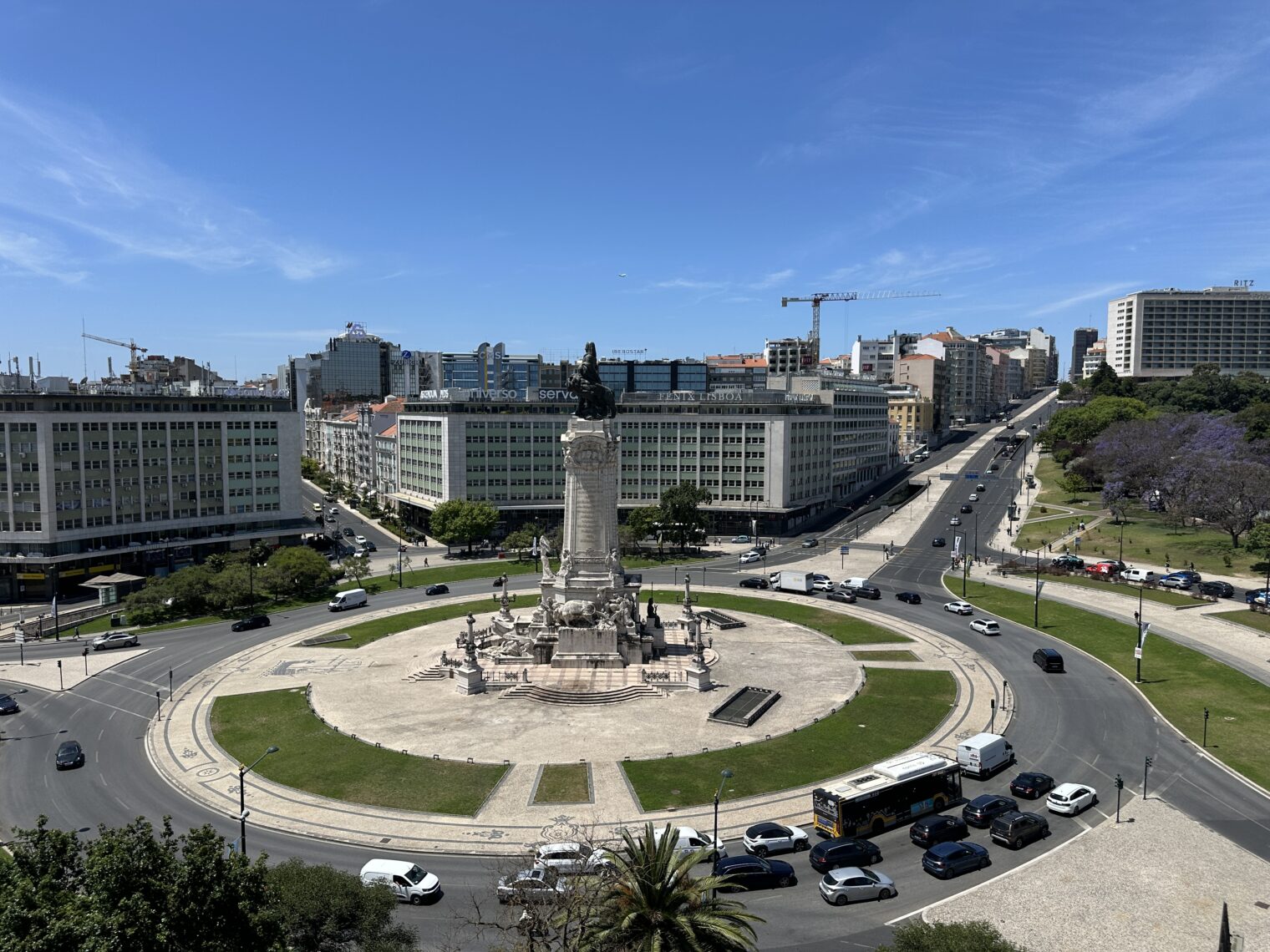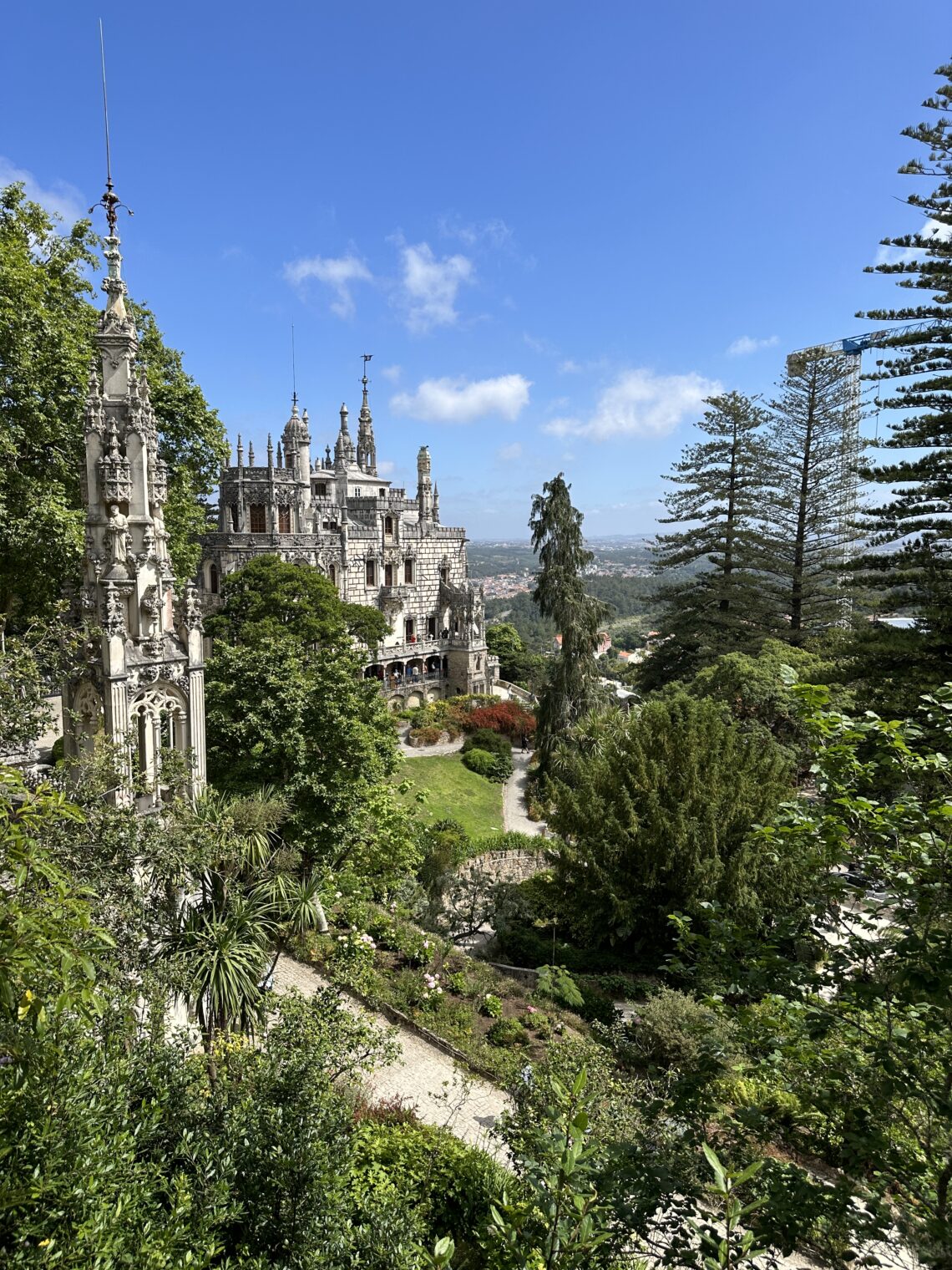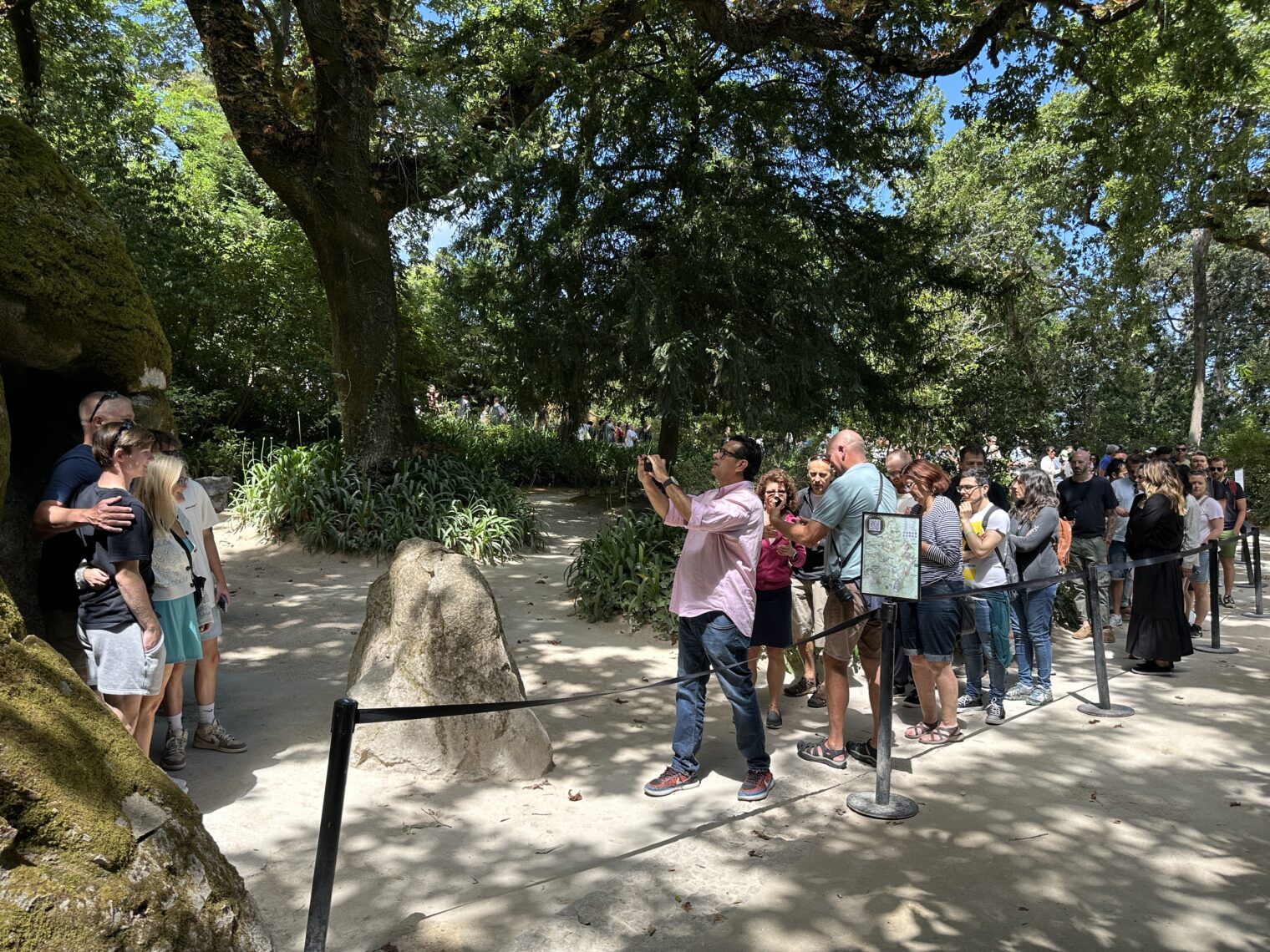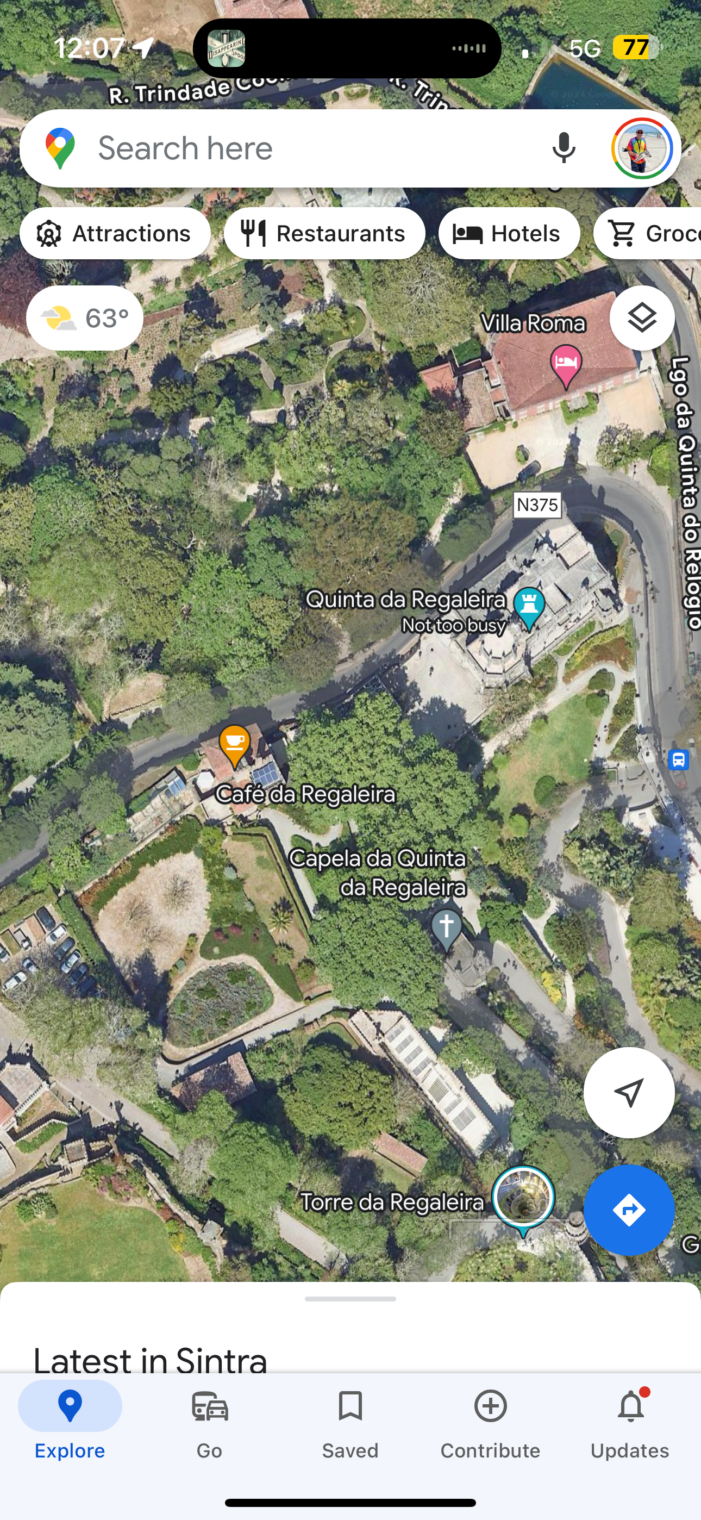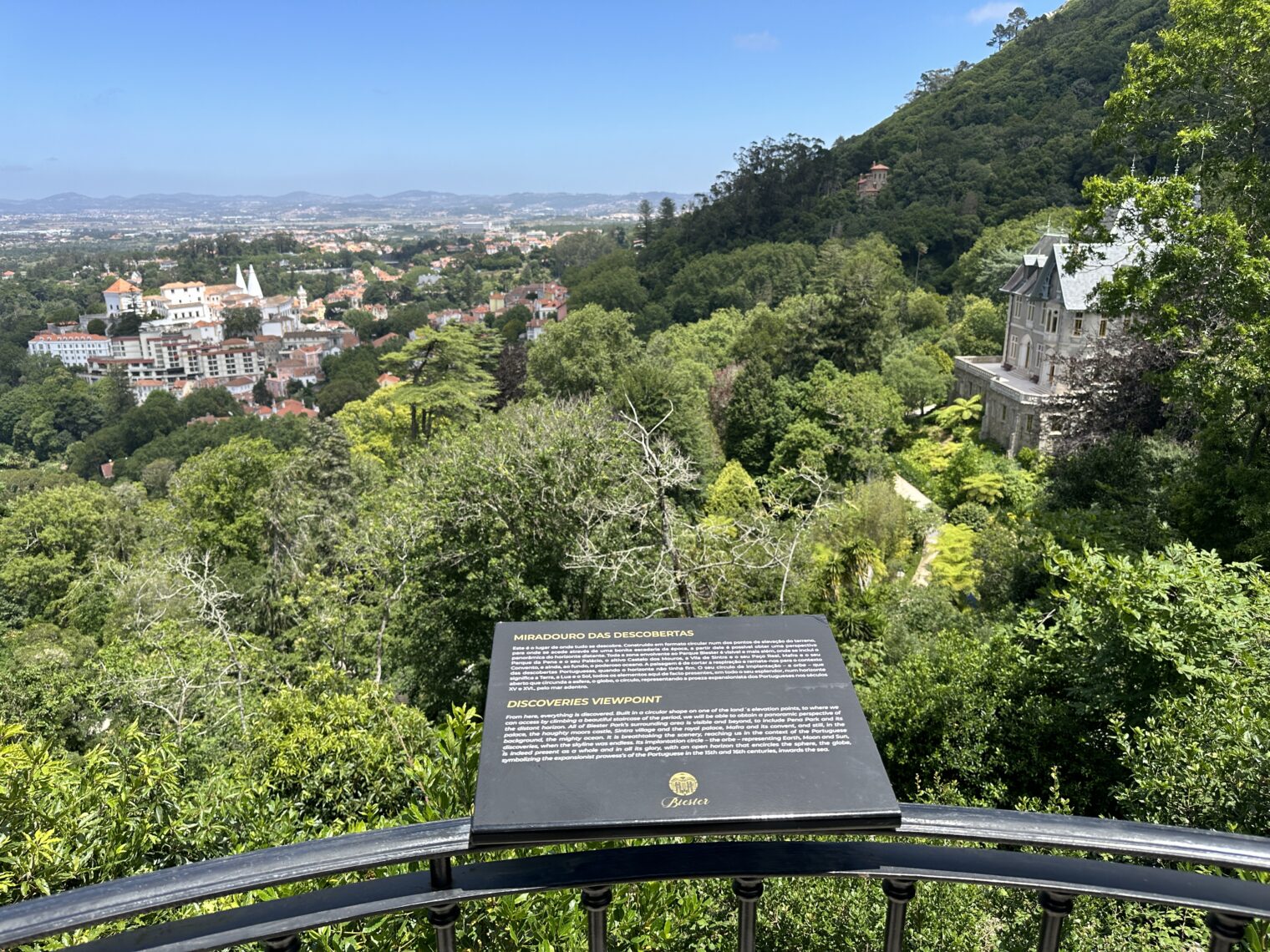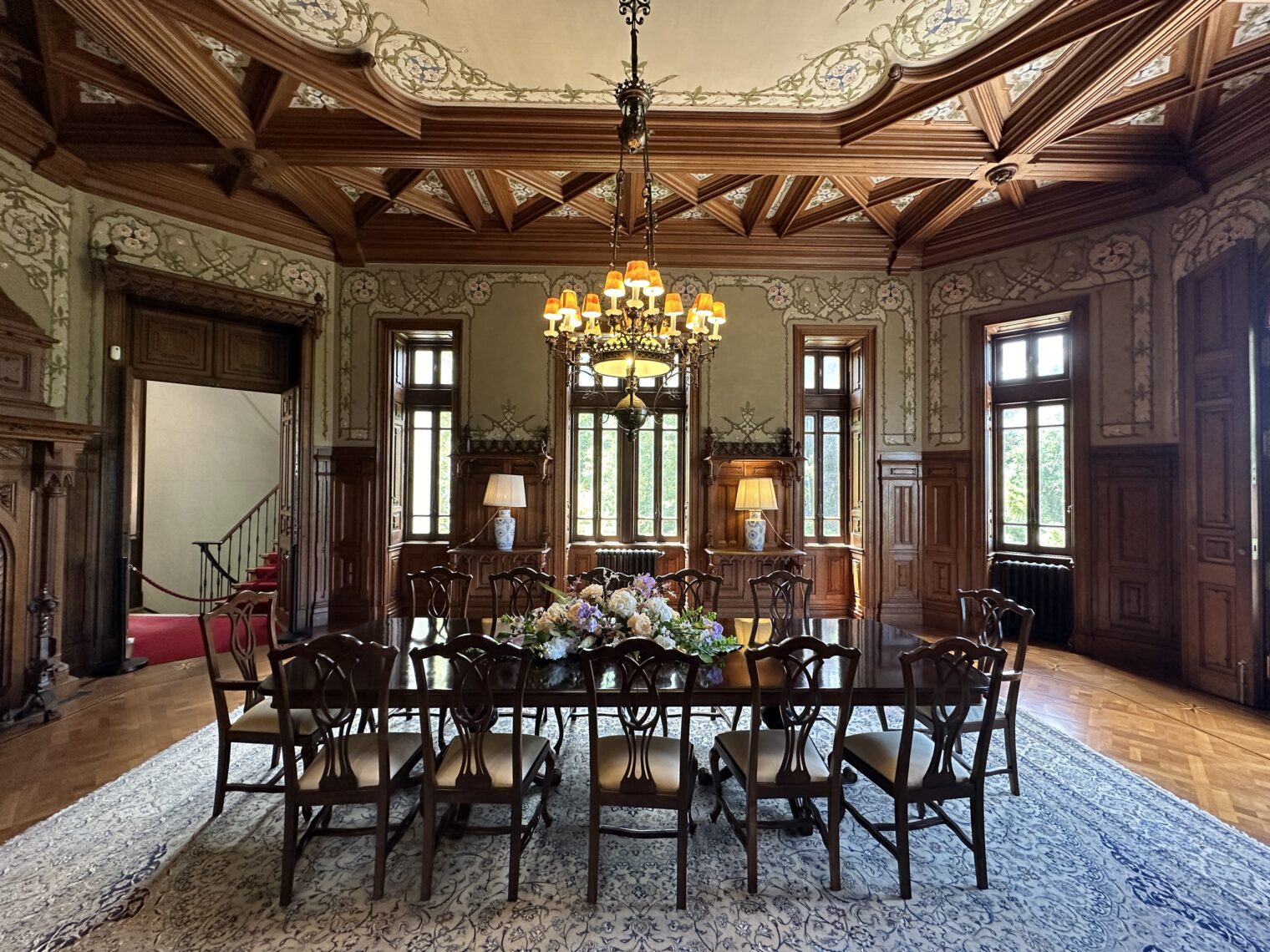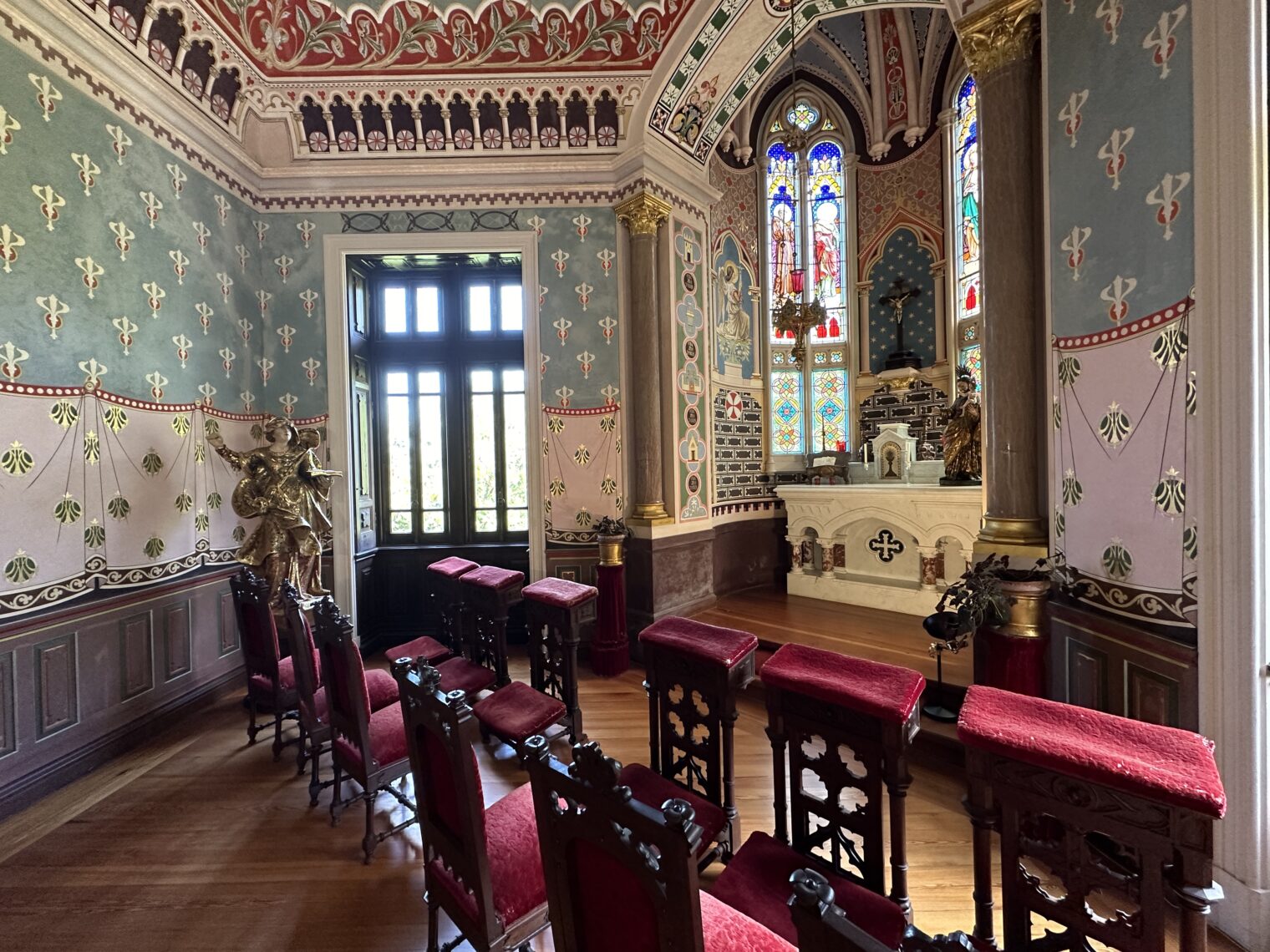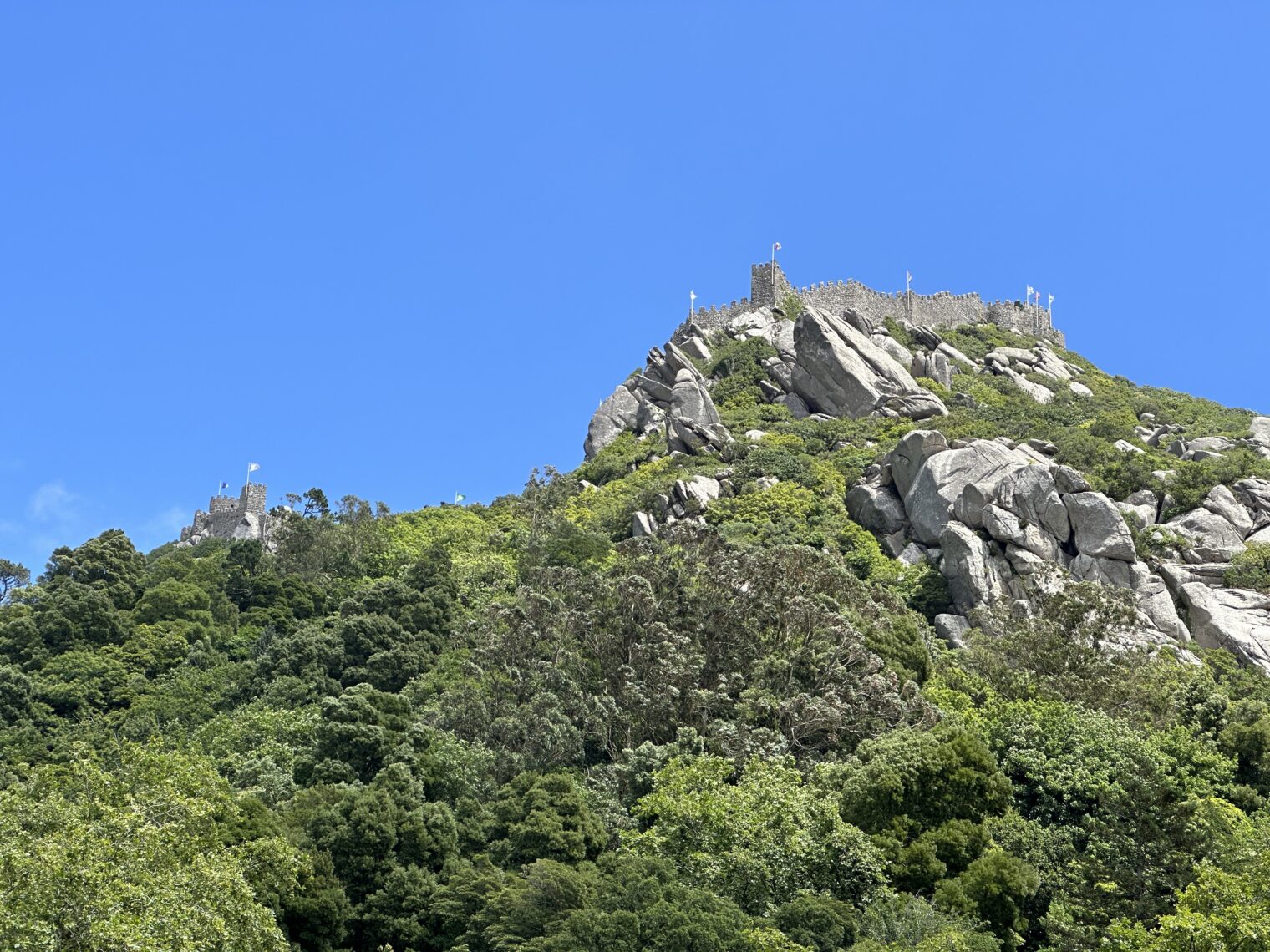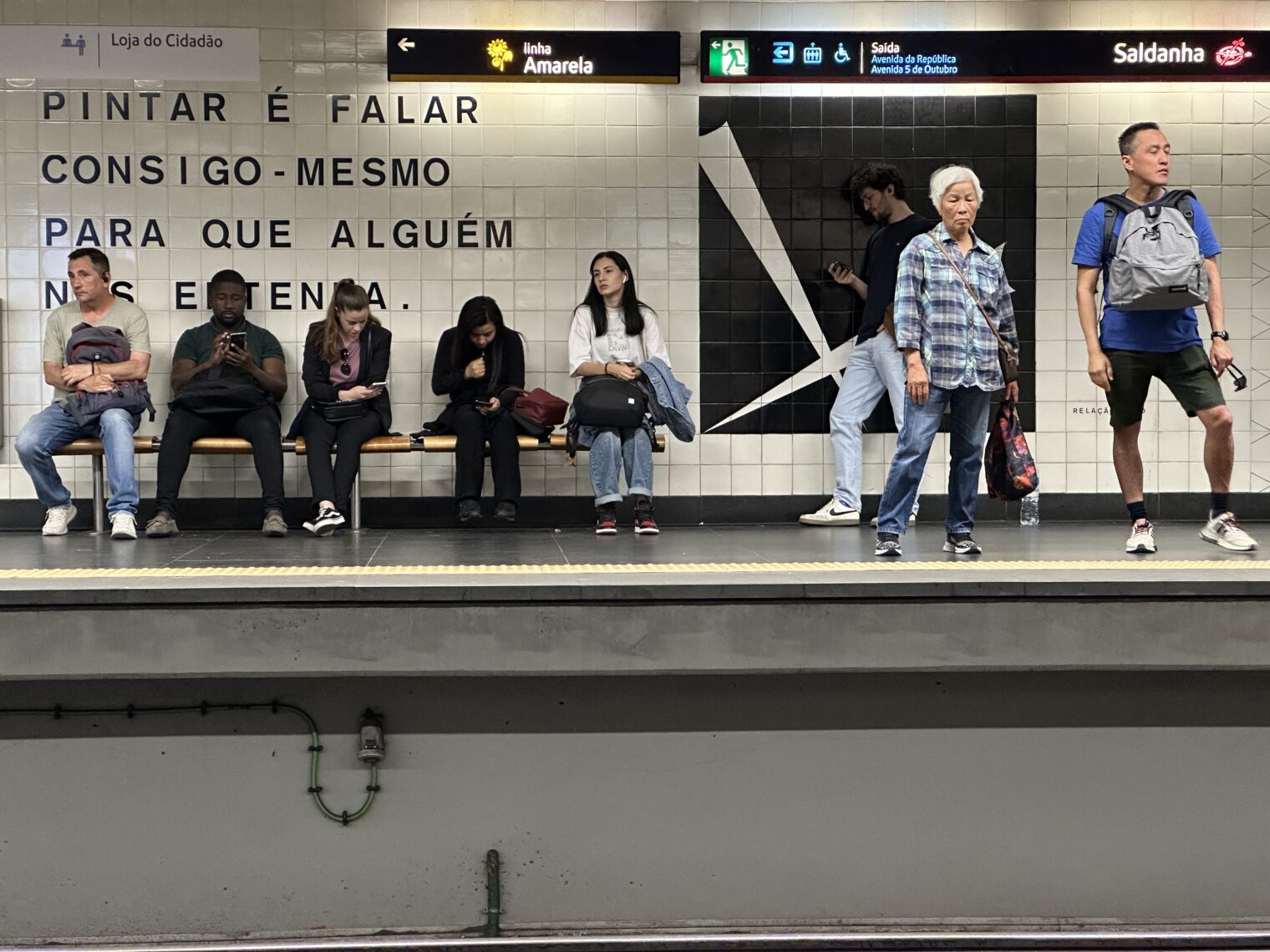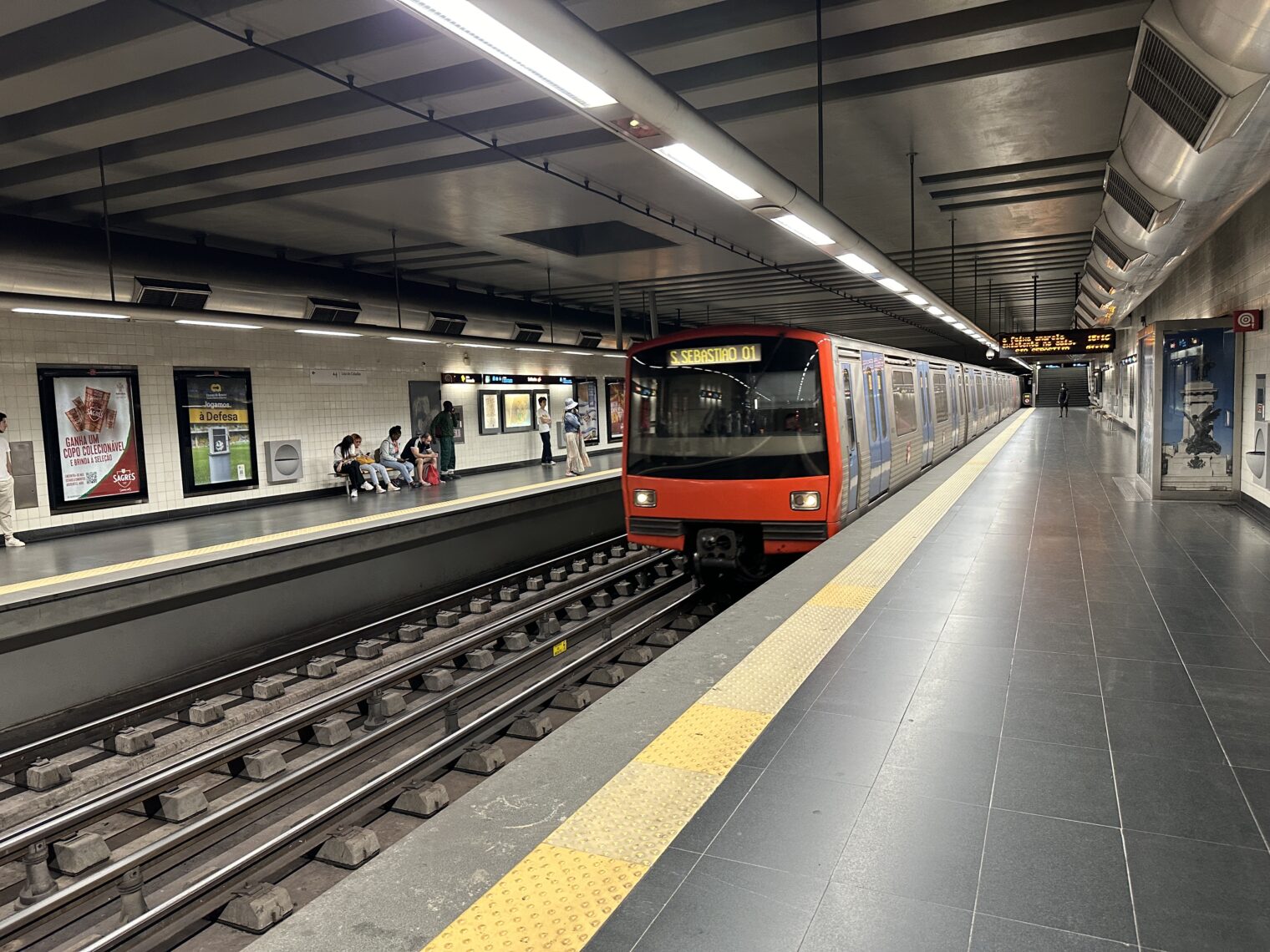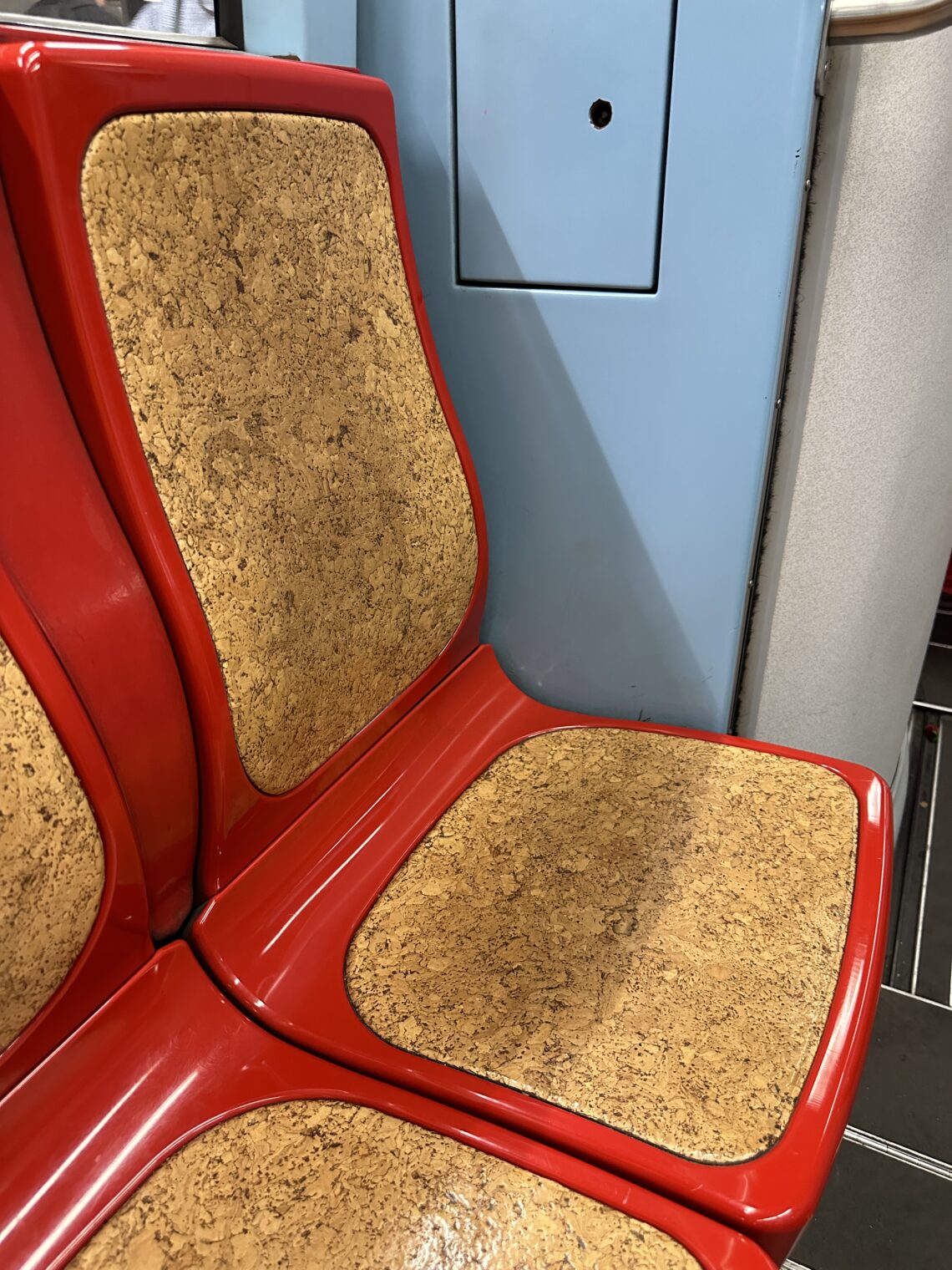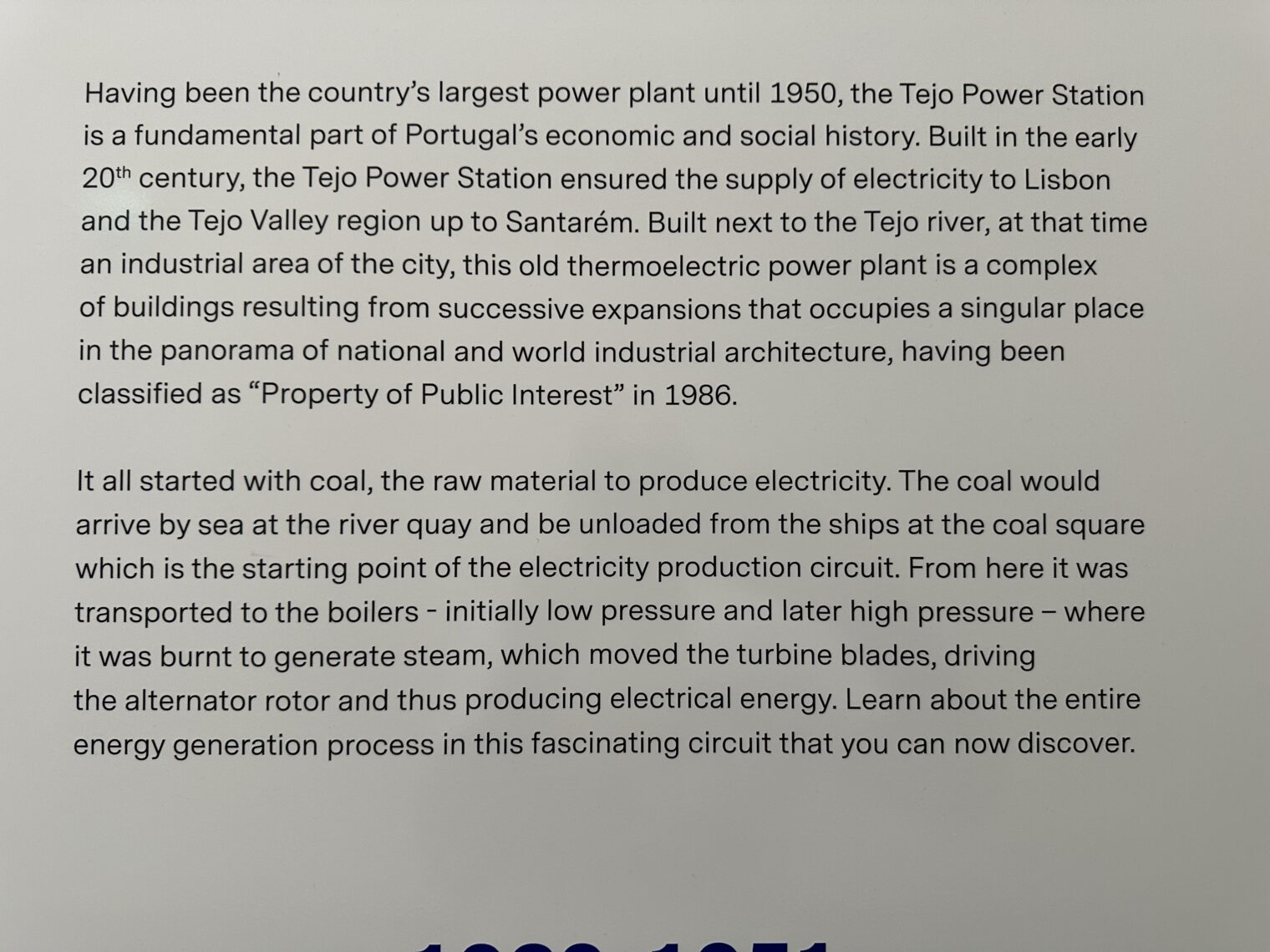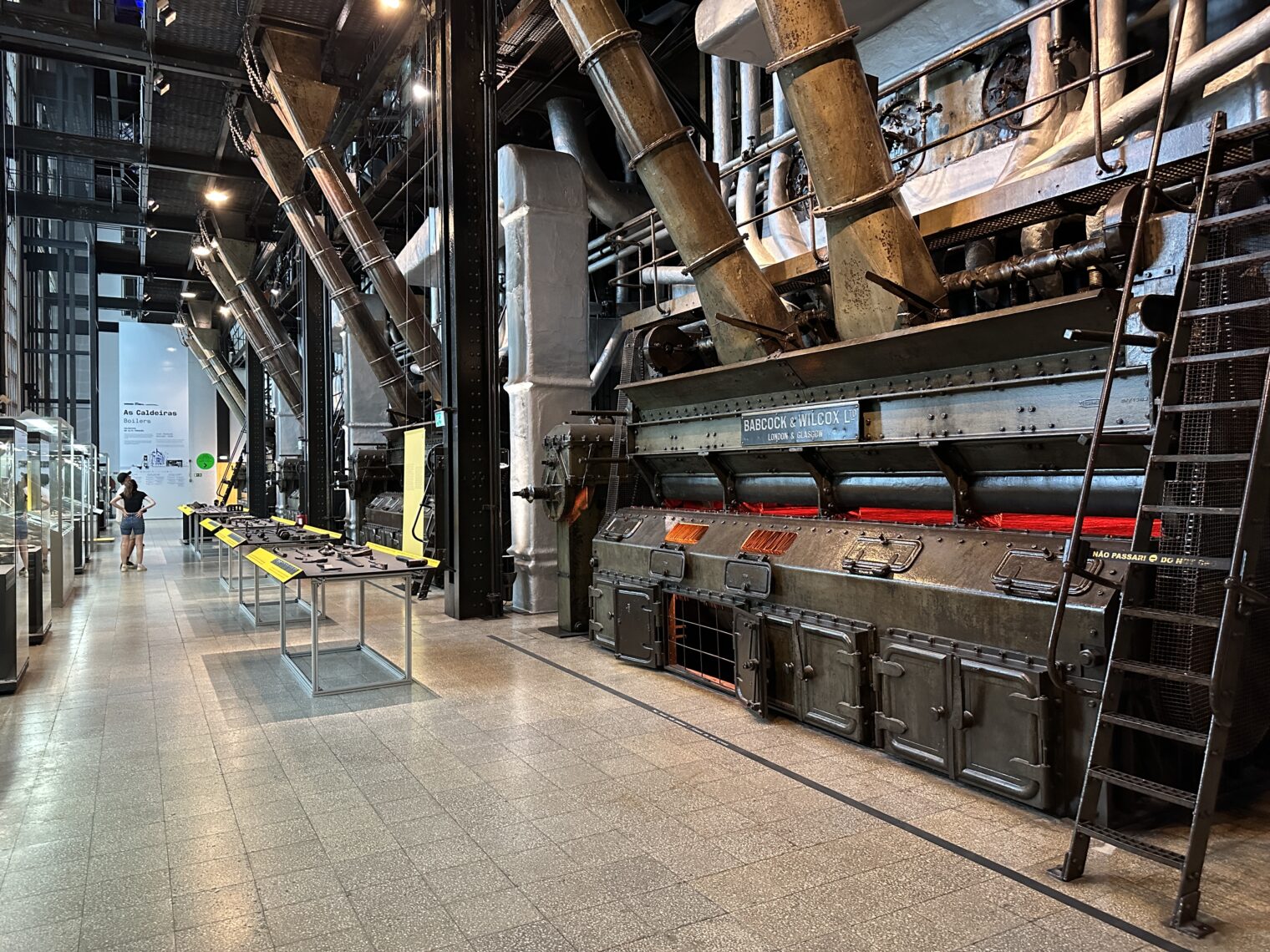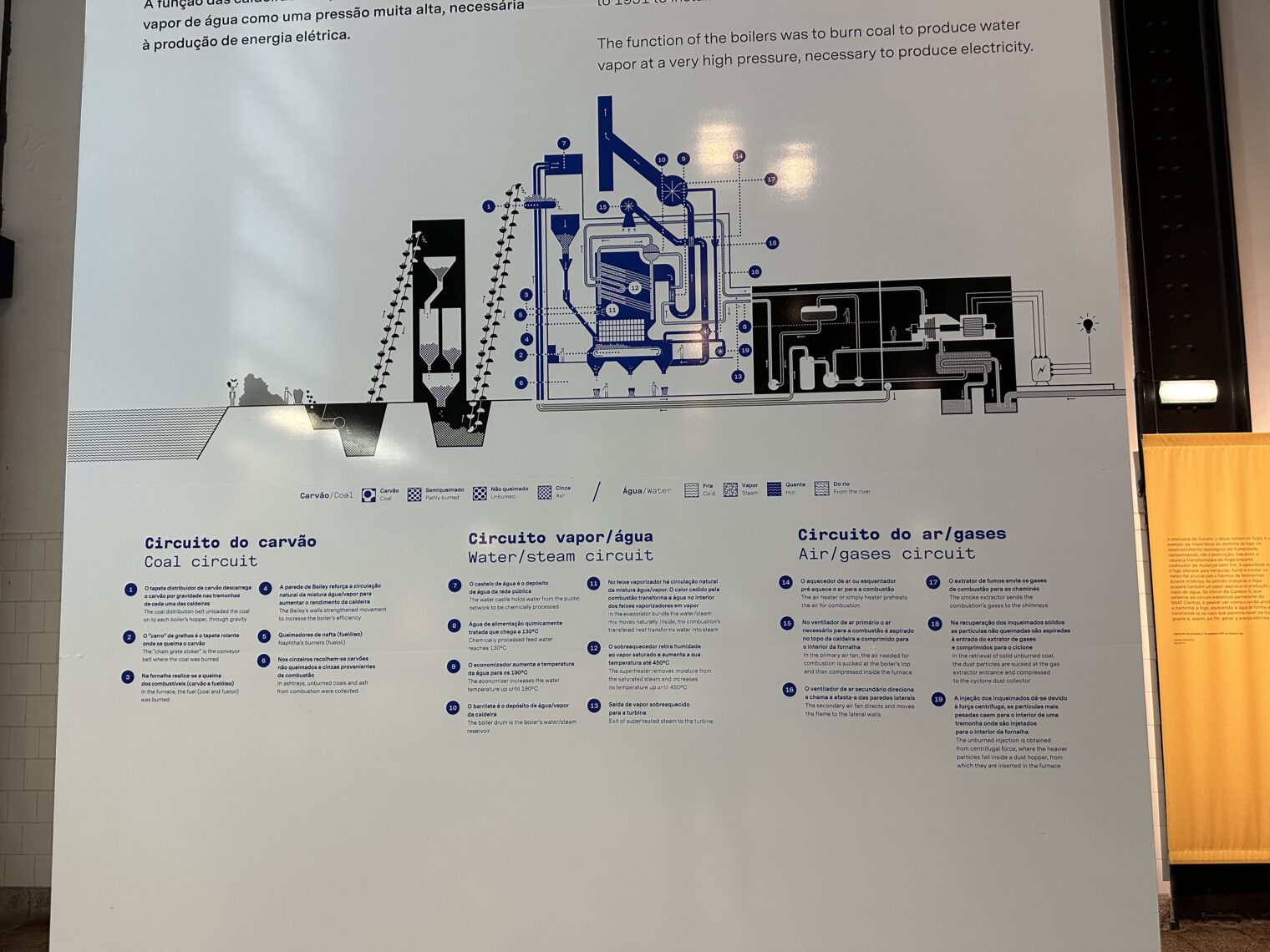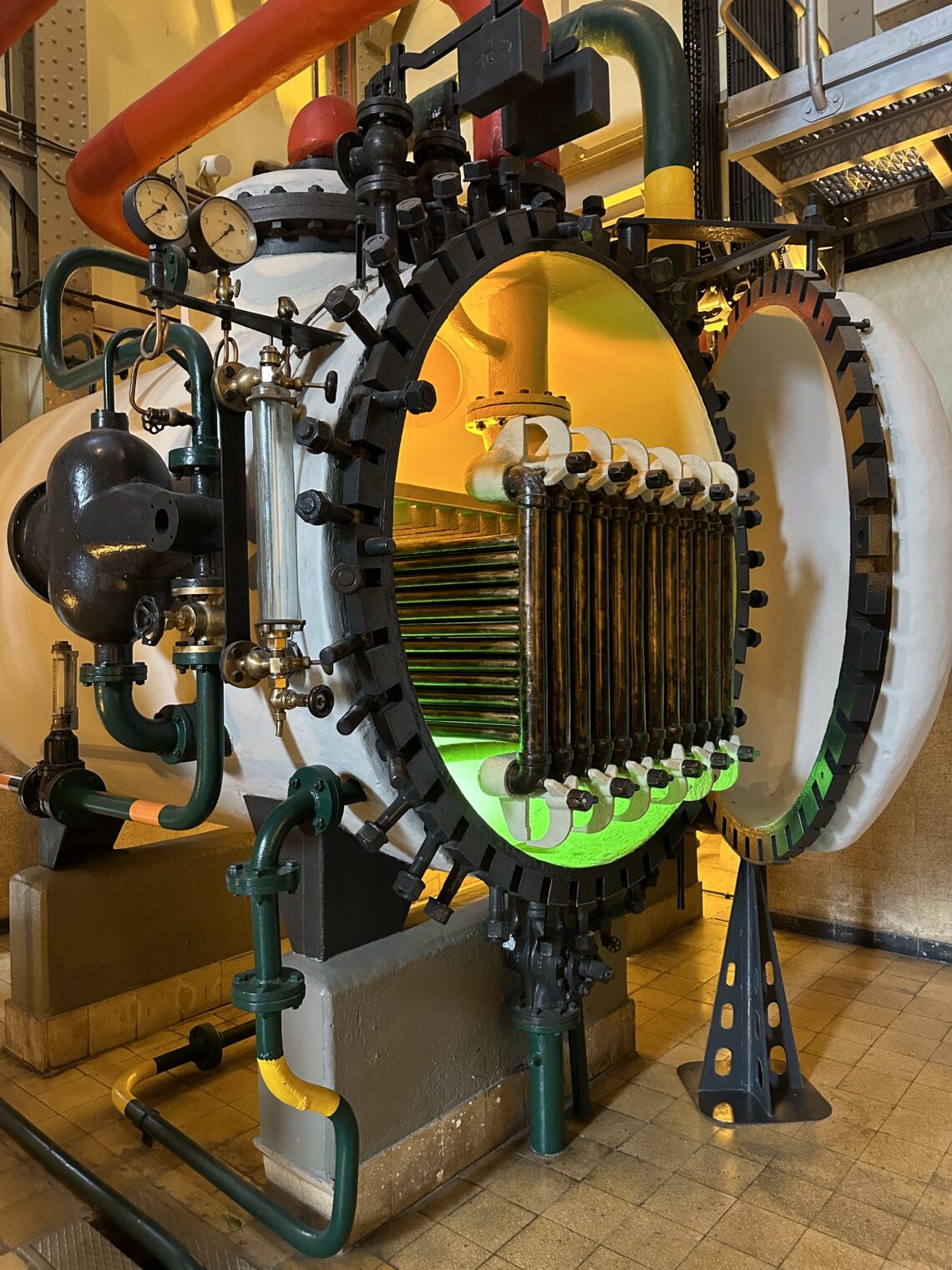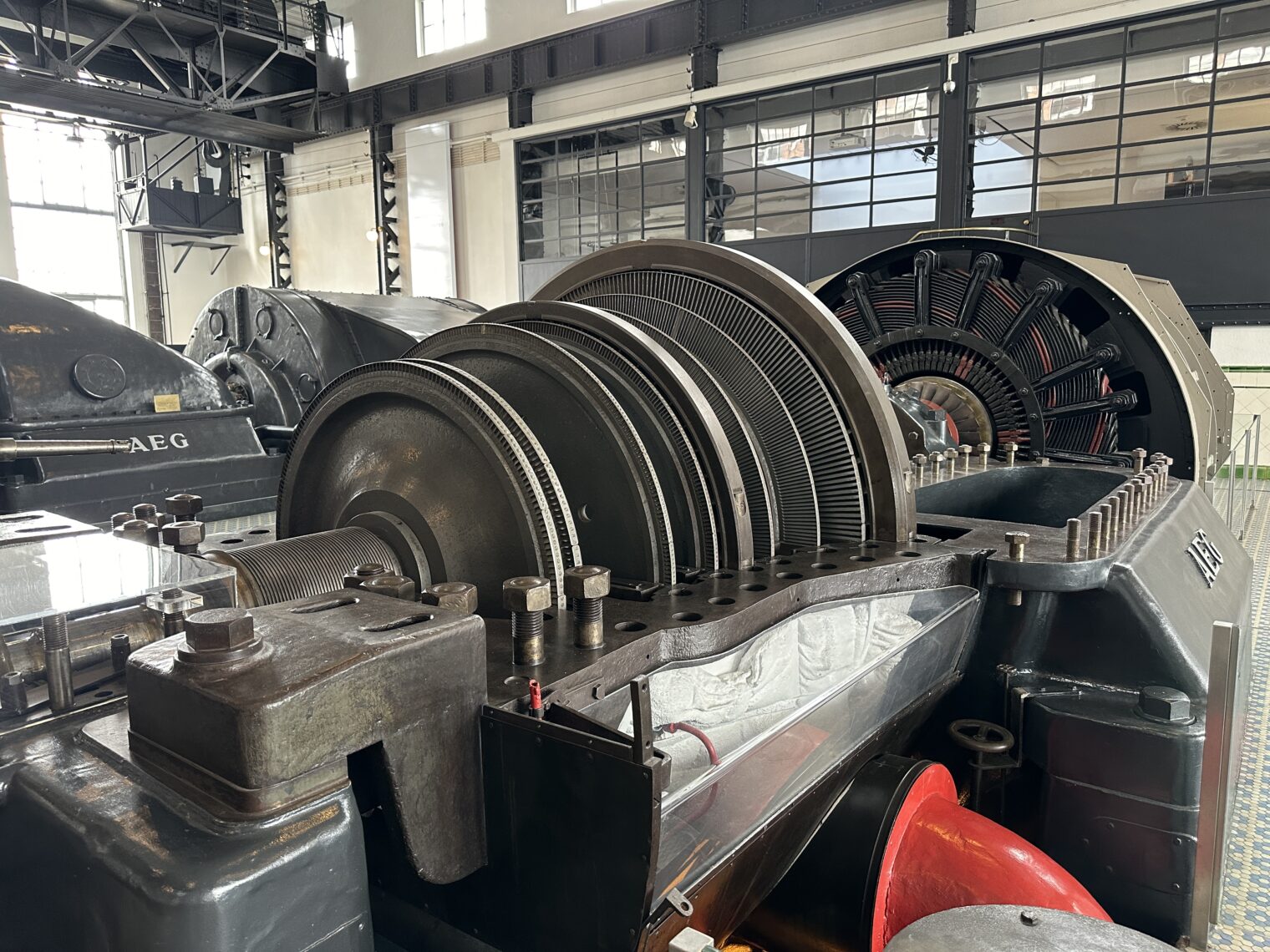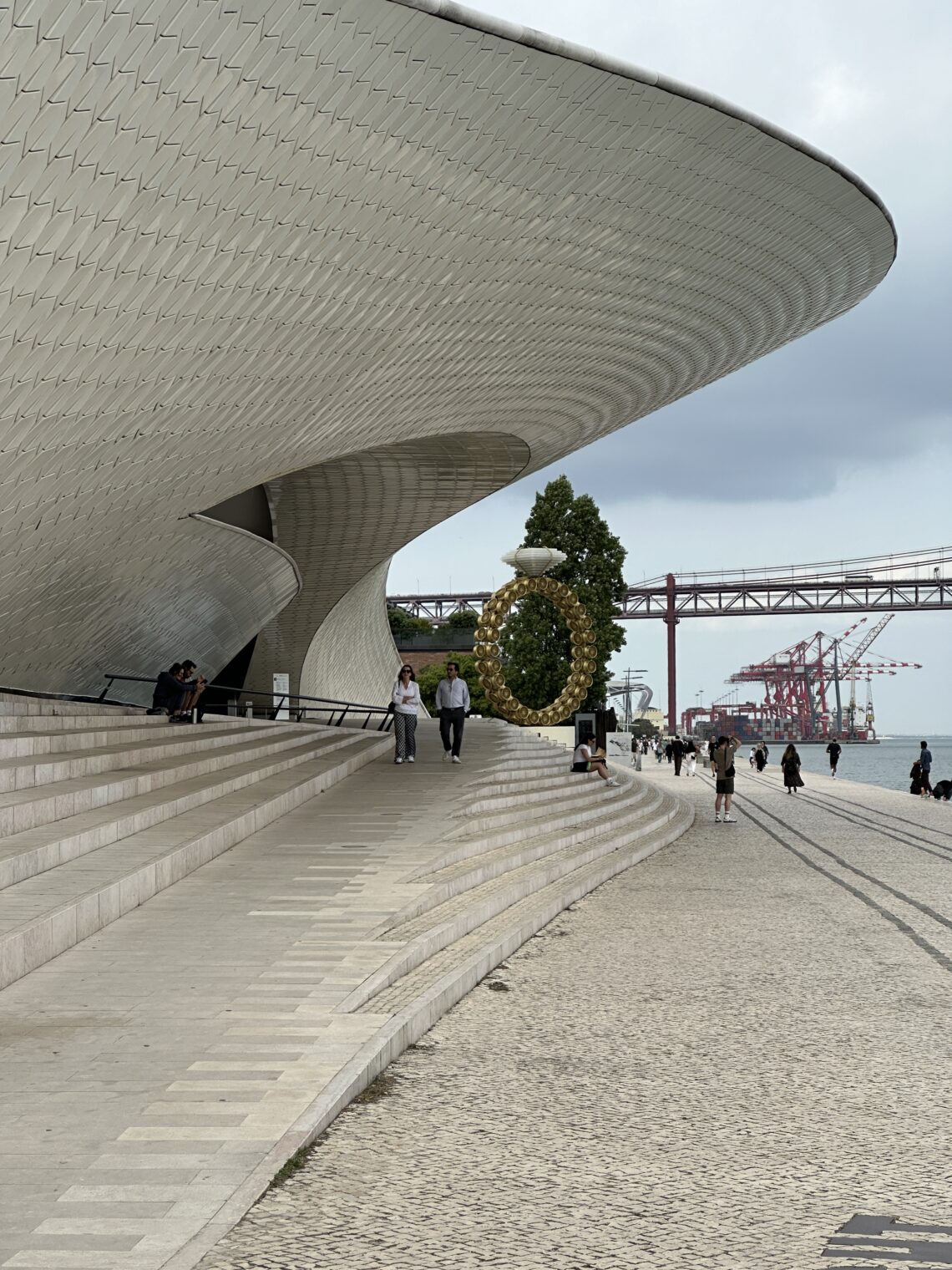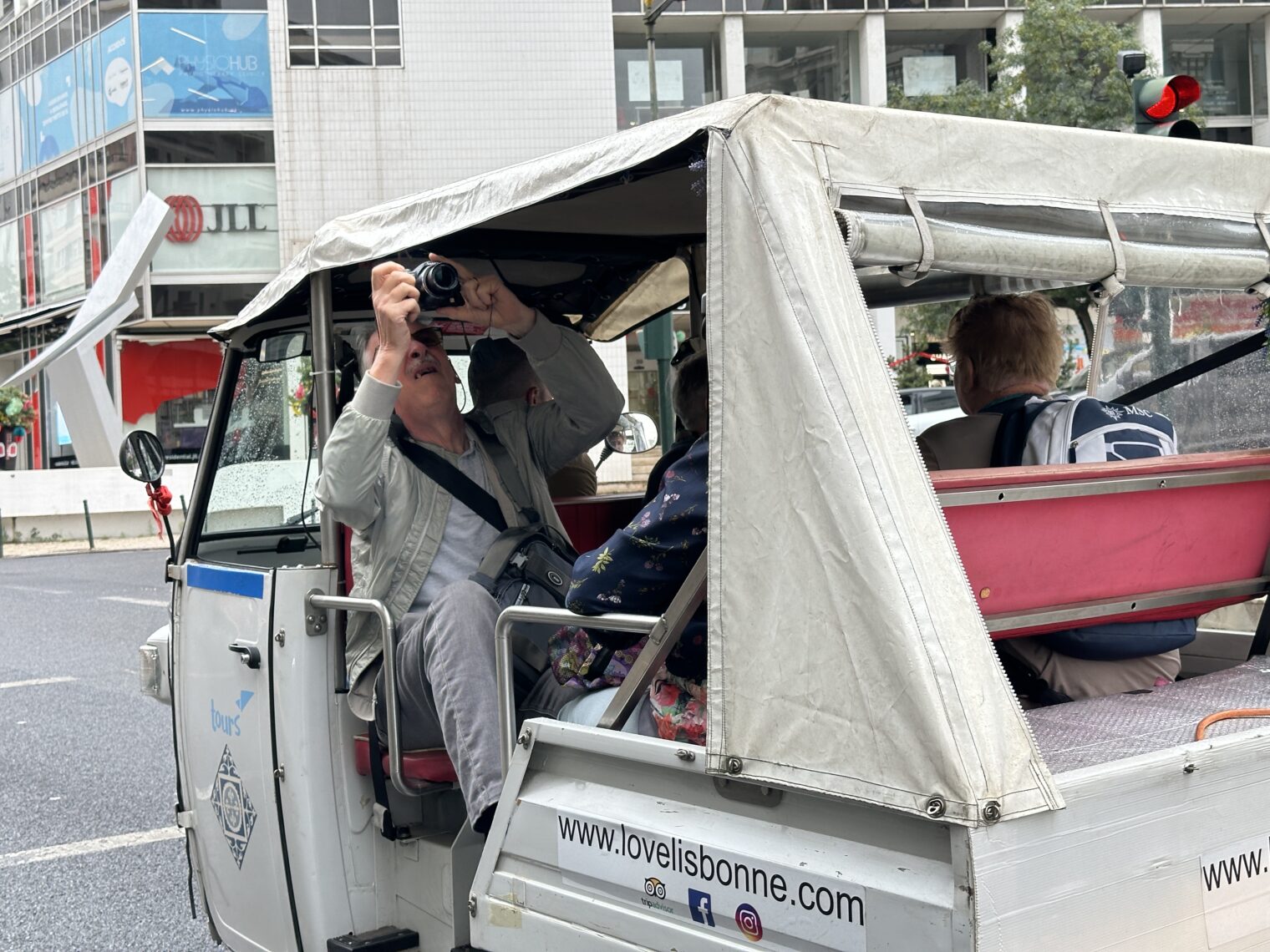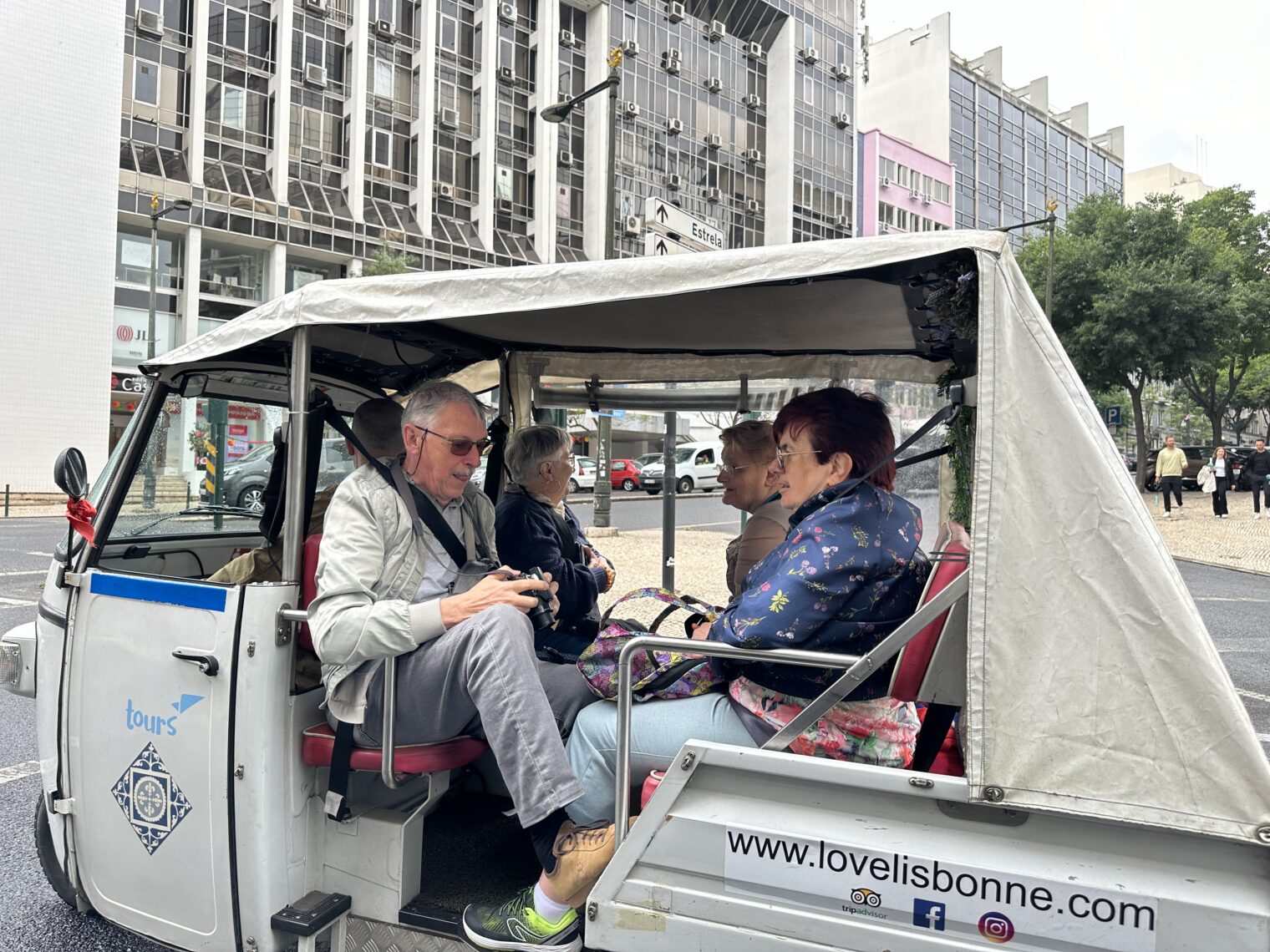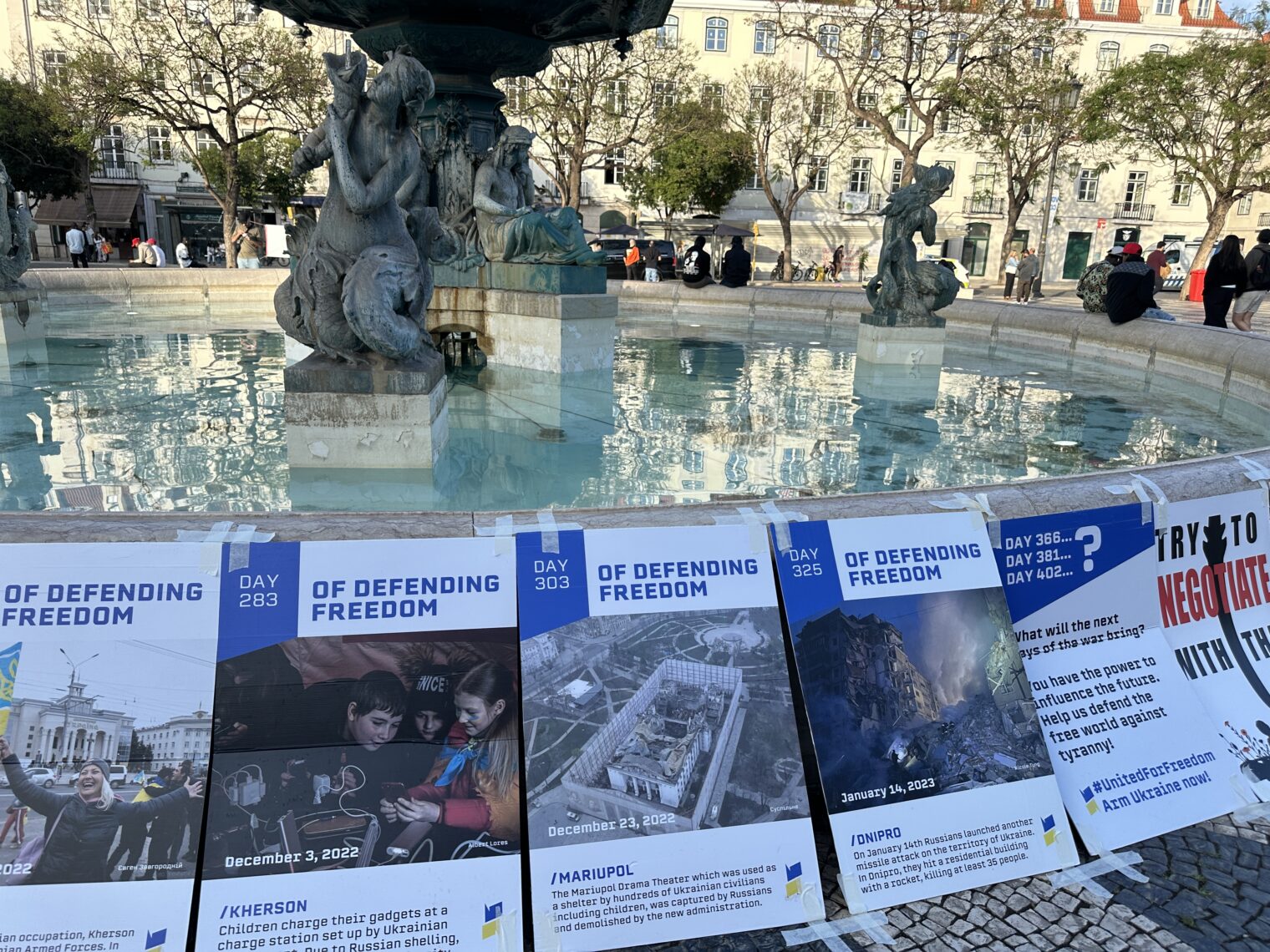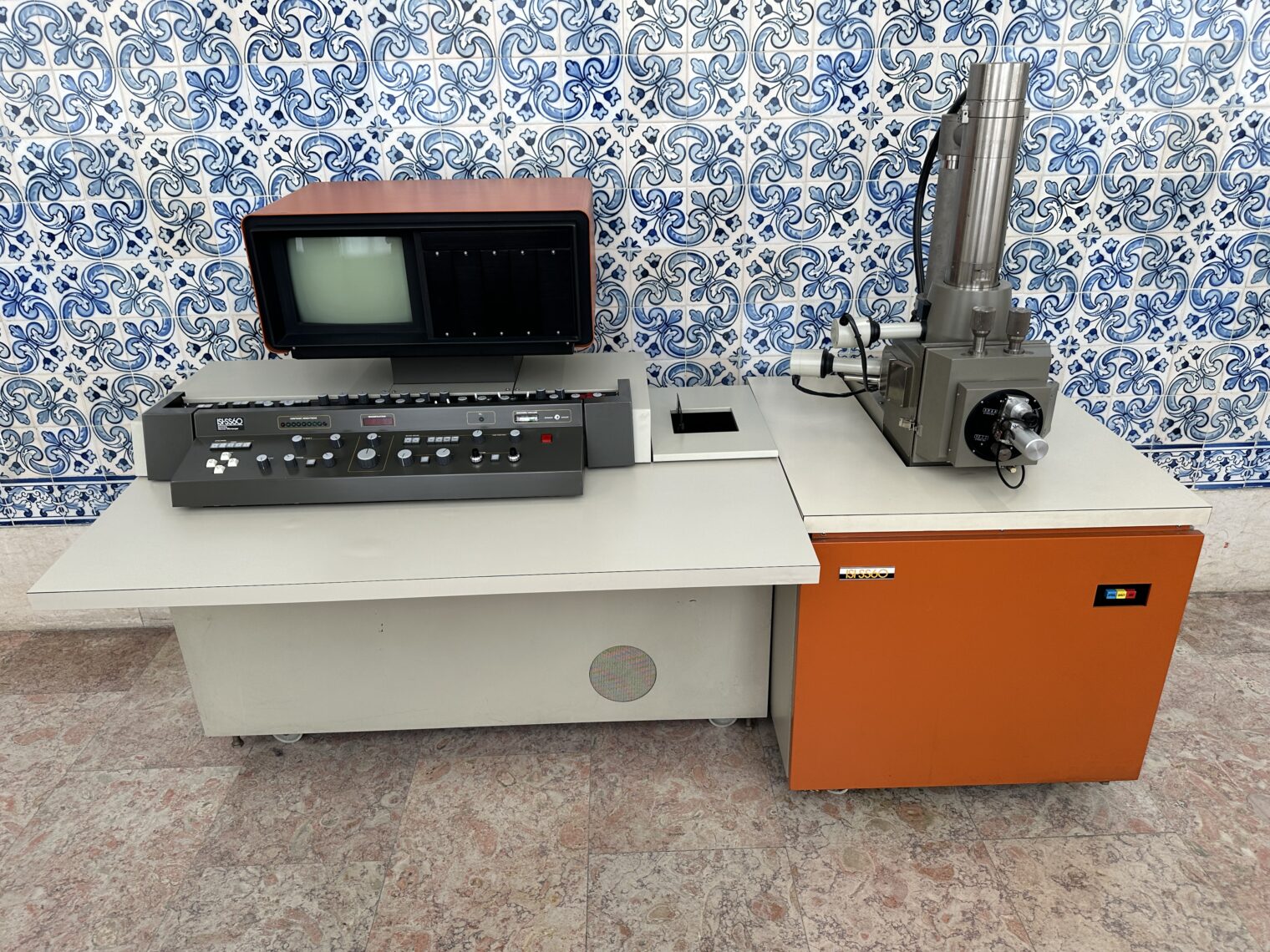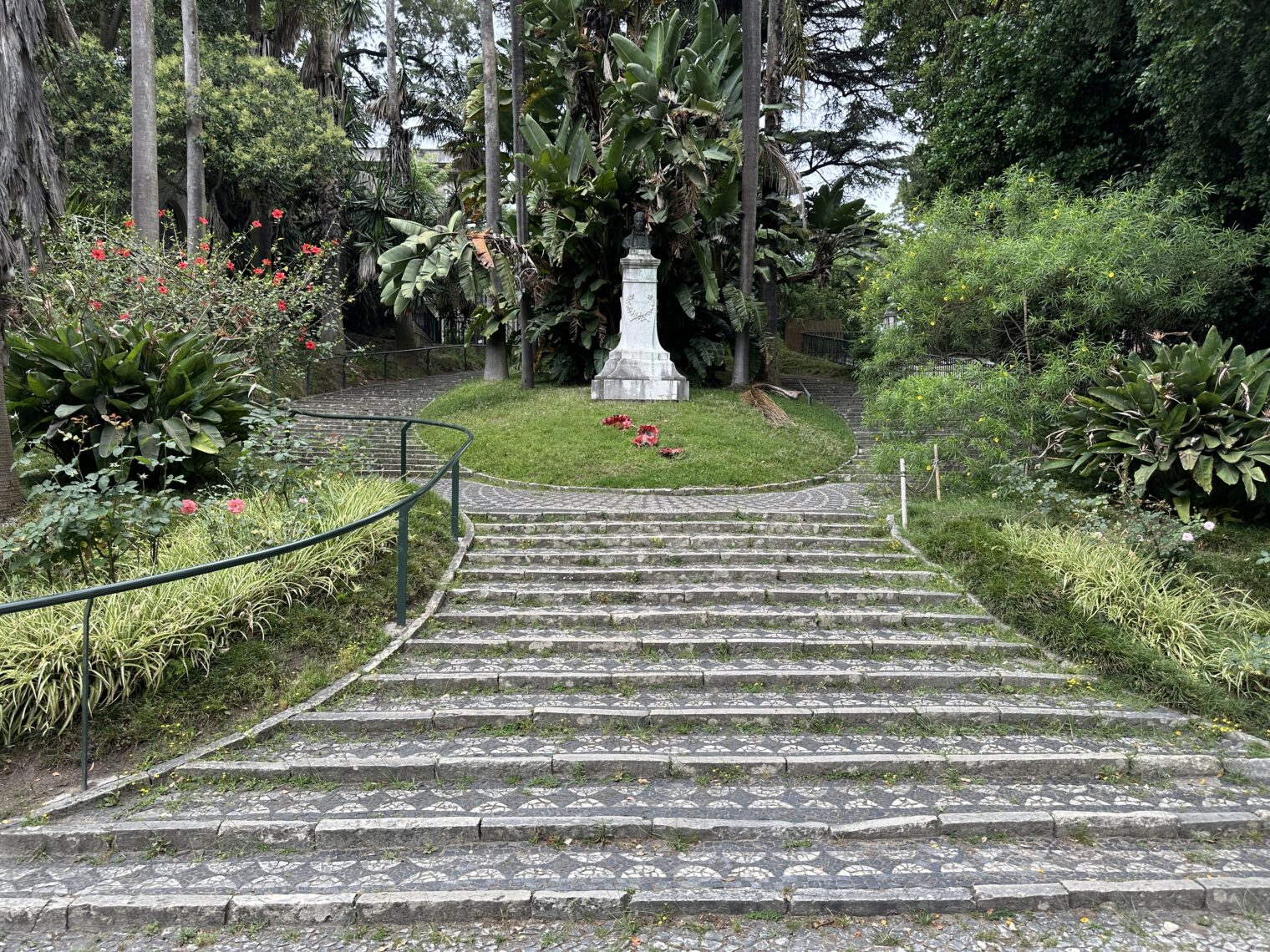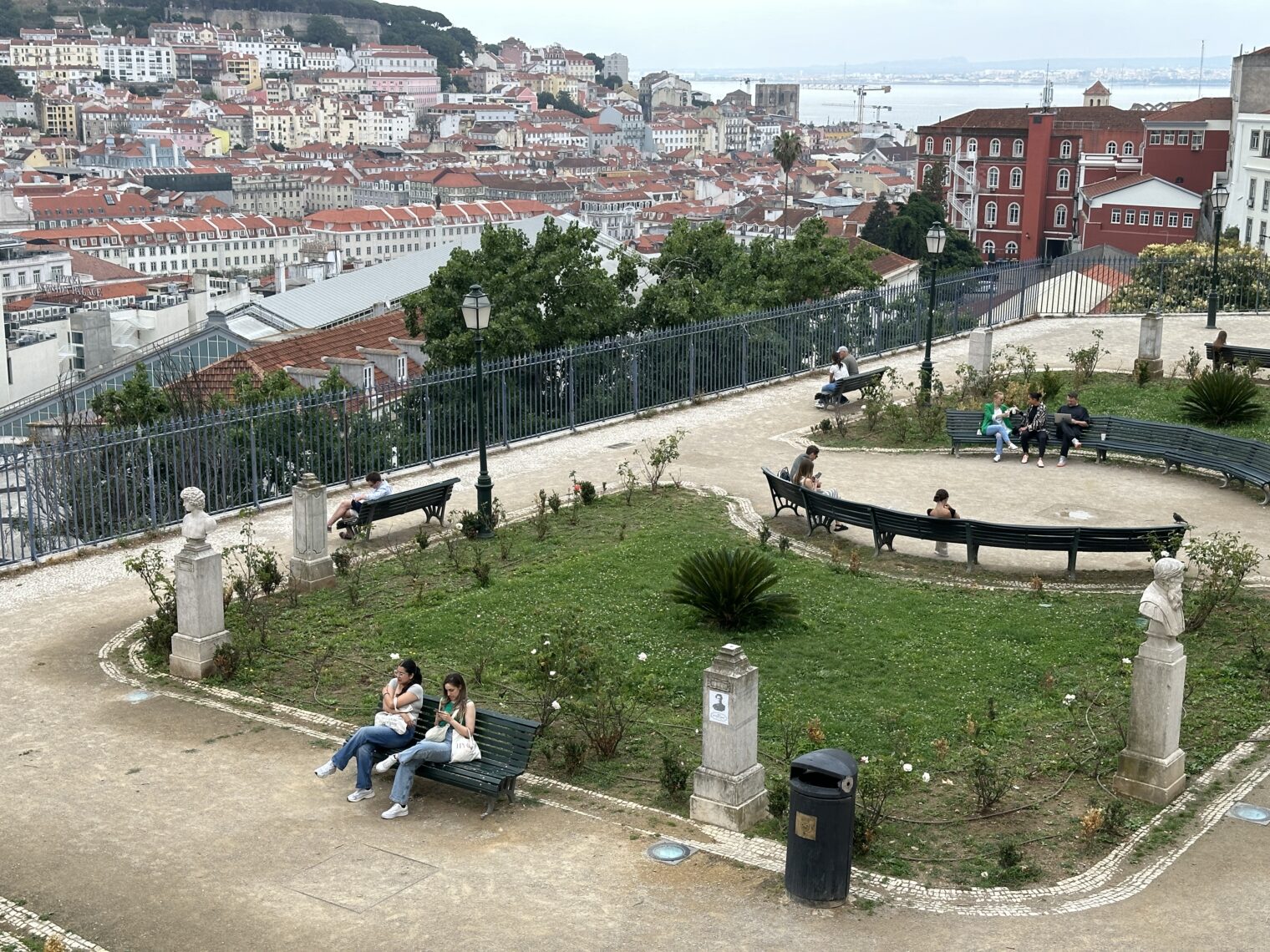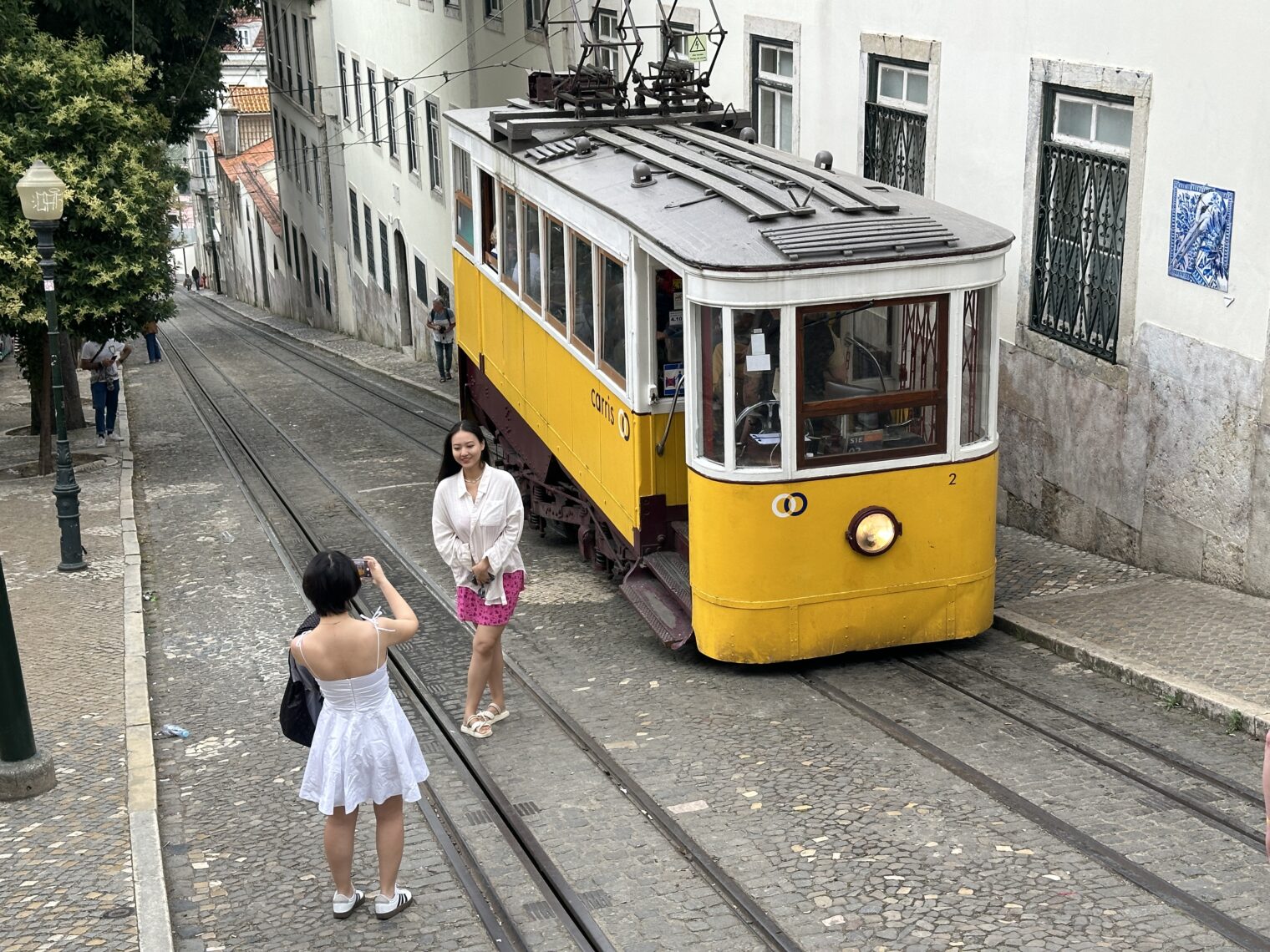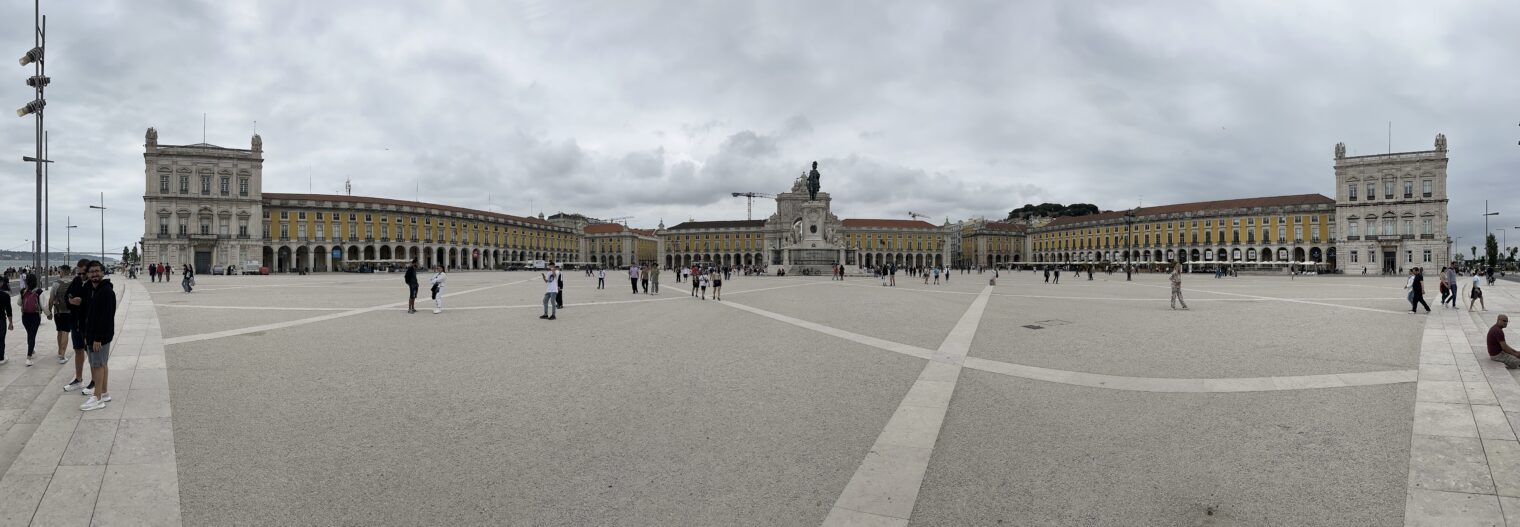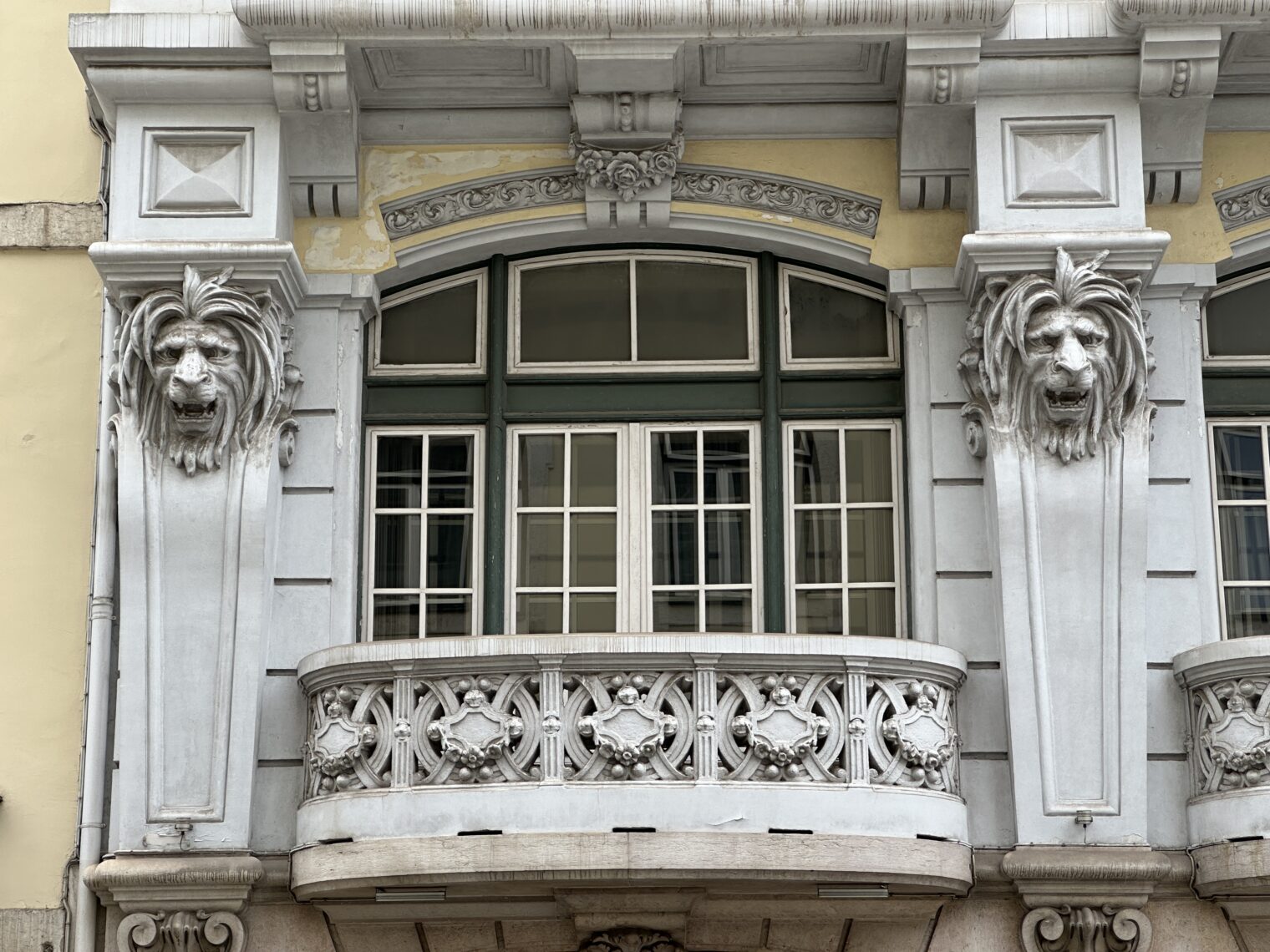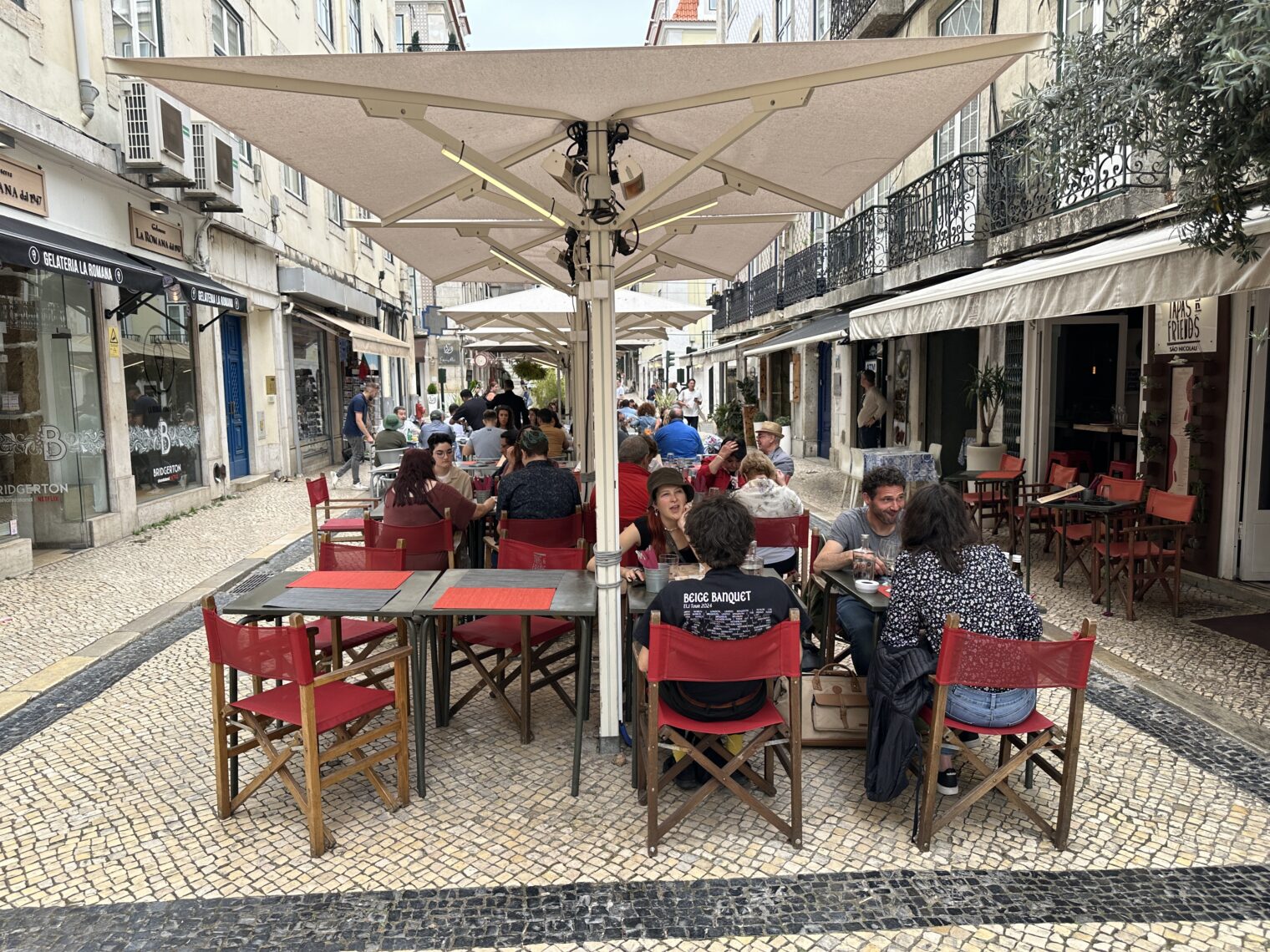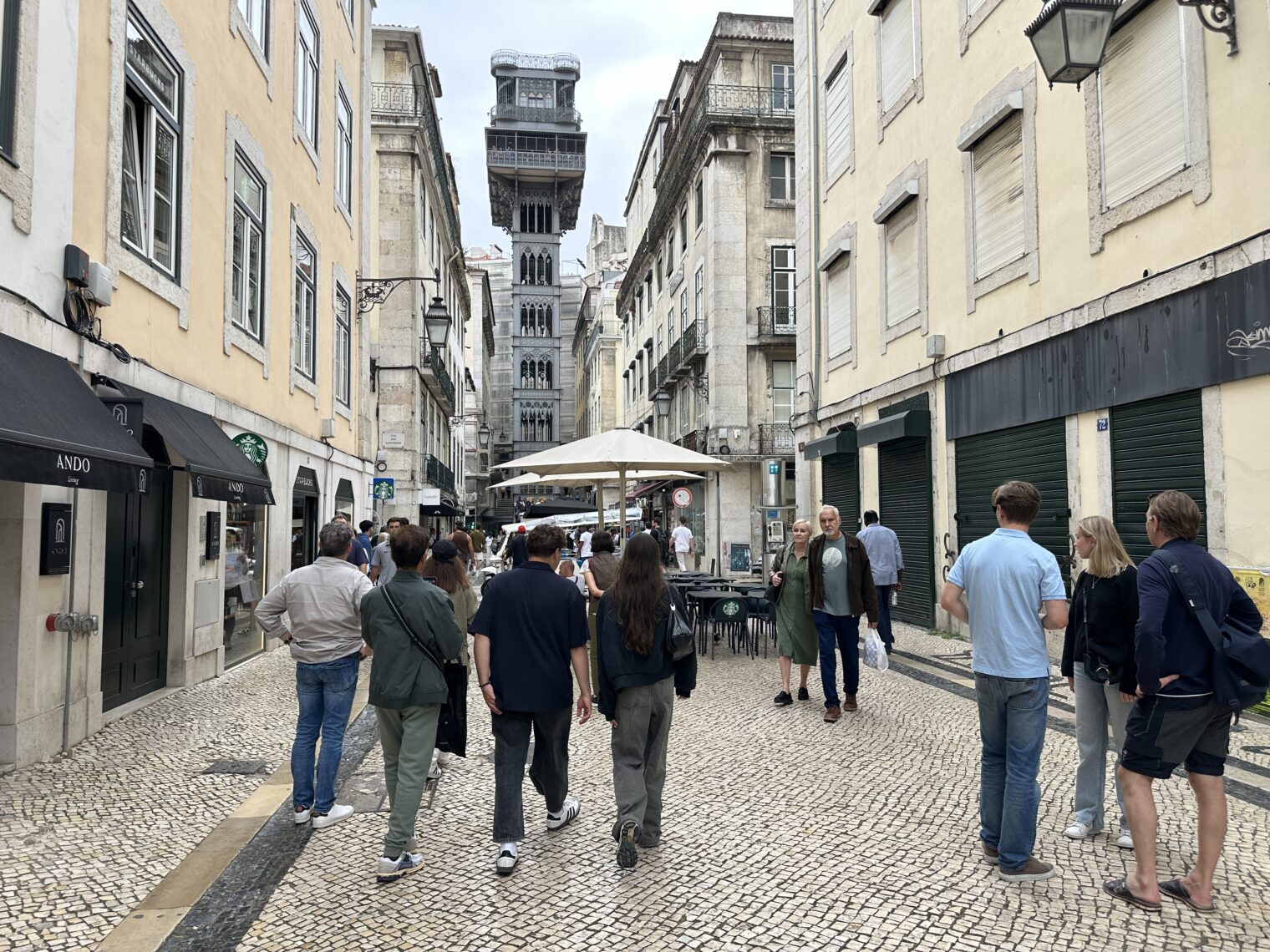Ideas for billionaire memorials
As noted in Where are the gardens and museums created by the Silicon Valley rich? we seem to be undersupplied with public physical infrastructure relative to the number of super rich Americans. Jeff Bezos was happy to spend about 400 million dollars recently on a sea-level house in Florida (bought three houses recently for a total of $234 million, but there will surely be some renovations), but there is no “Bezos Museum of Contemporary Art” nor a “Bezos Contemplation of Two-Day Delivery Garden”.
Maybe some of our multi-billionaire brothers, sisters, and binary-resisters will be more interested in a lasting physical legacy after their deaths. If so, here’s some inspiration from Lisbon…
The Marquis of Pombal was an important administrator tasked with cleaning up after the 1755 Lisbon earthquake (make sure to stop in the quake museum early in any touristic visit to Lisbon!). He was the Herbert Hoover of 1755, in other words (Hoover ably directed the clean-up after the Climate Change-caused Great Mississippi Flood of 1927, giving Americans for the first time the idea that a bigger government could be more powerful than Nature). Here’s how the Portuguese remember their hero:
(photographed from a 7th floor terrace in the Bankinter building.)
You might reasonably ask how a private citizen can get a town or city to devote a public square to his/her/zir/their memory. Answer: money! Chicago, for example, has $52 billion in unfunded public employee pension obligations (source). America’s richest could plug that hole and enable politicians to keep promising more lavish compensation for government workers. In exchange, a prime downtown location for a monument like the above. (They’d better set this up before the last billionaire departs for Florida!)
Let’s take a closer look at the Lisbon monument:
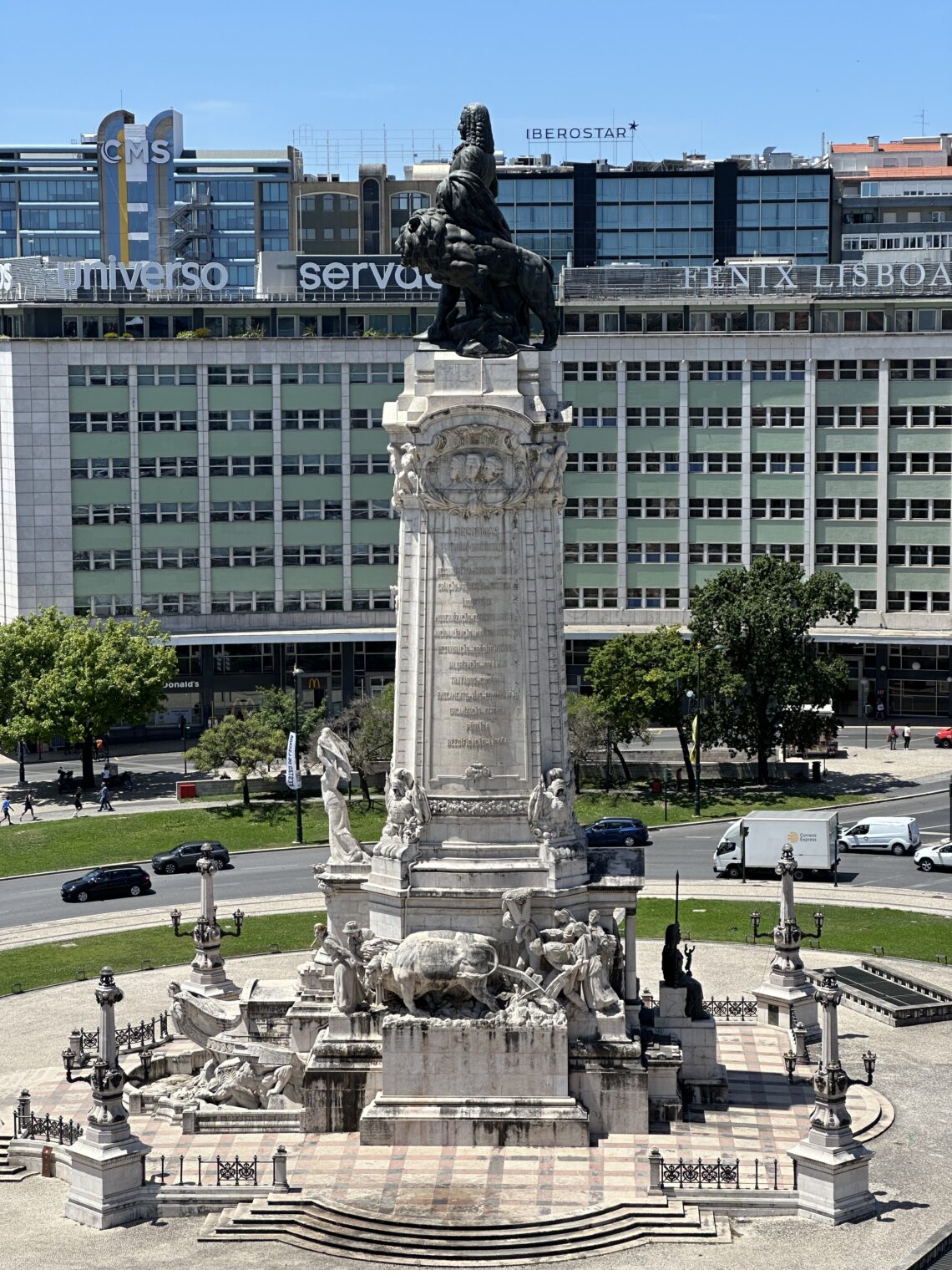
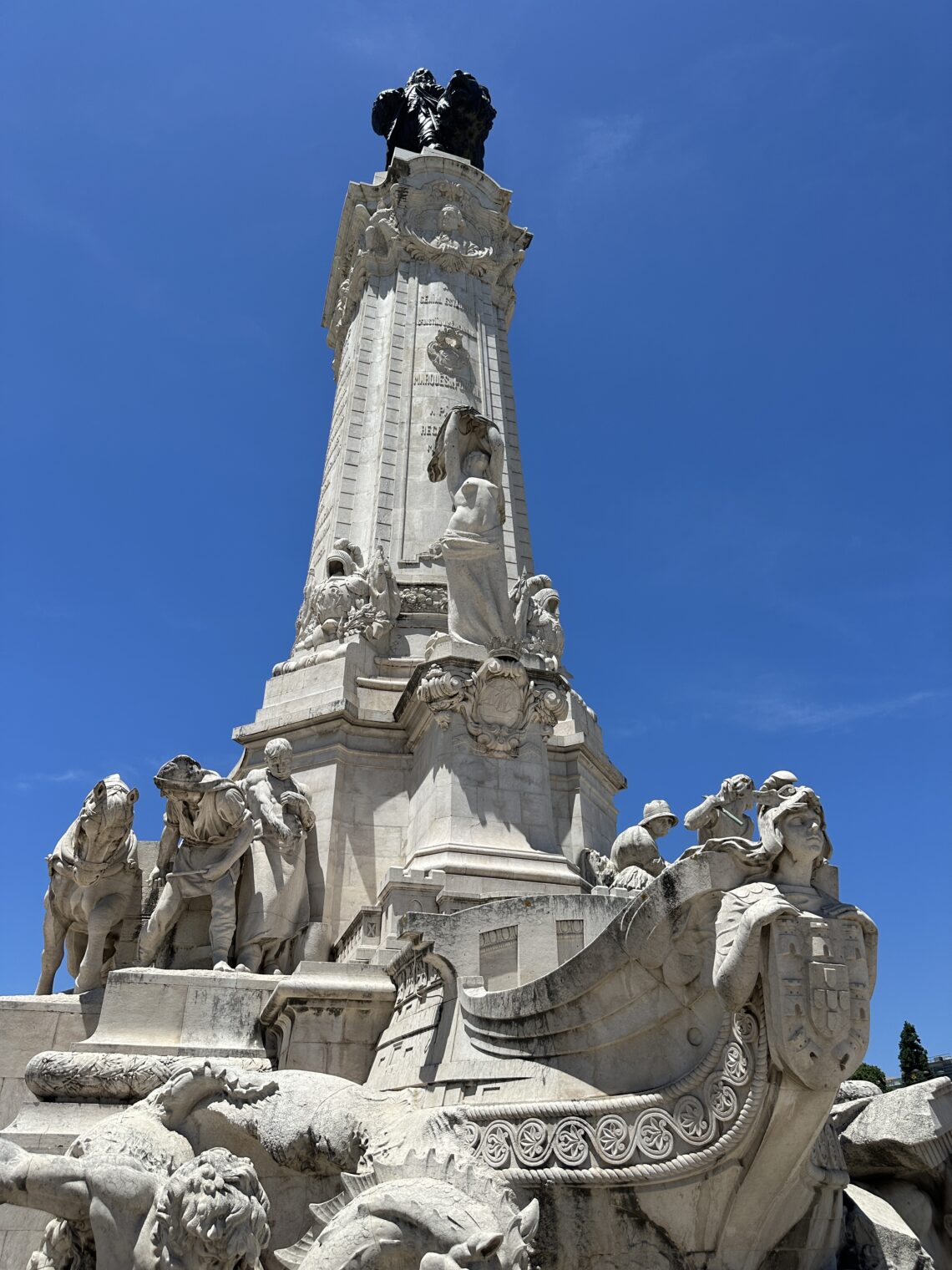
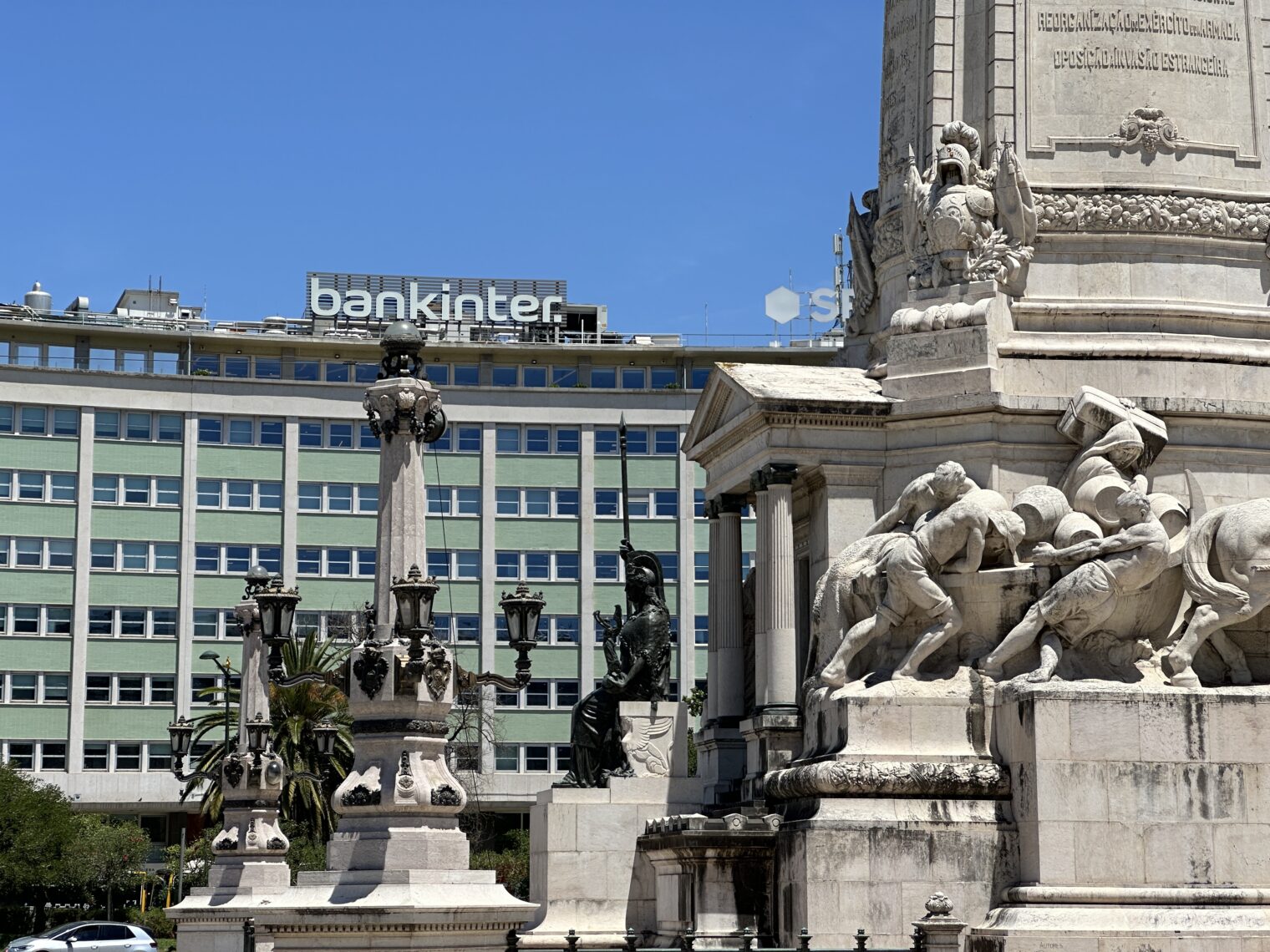
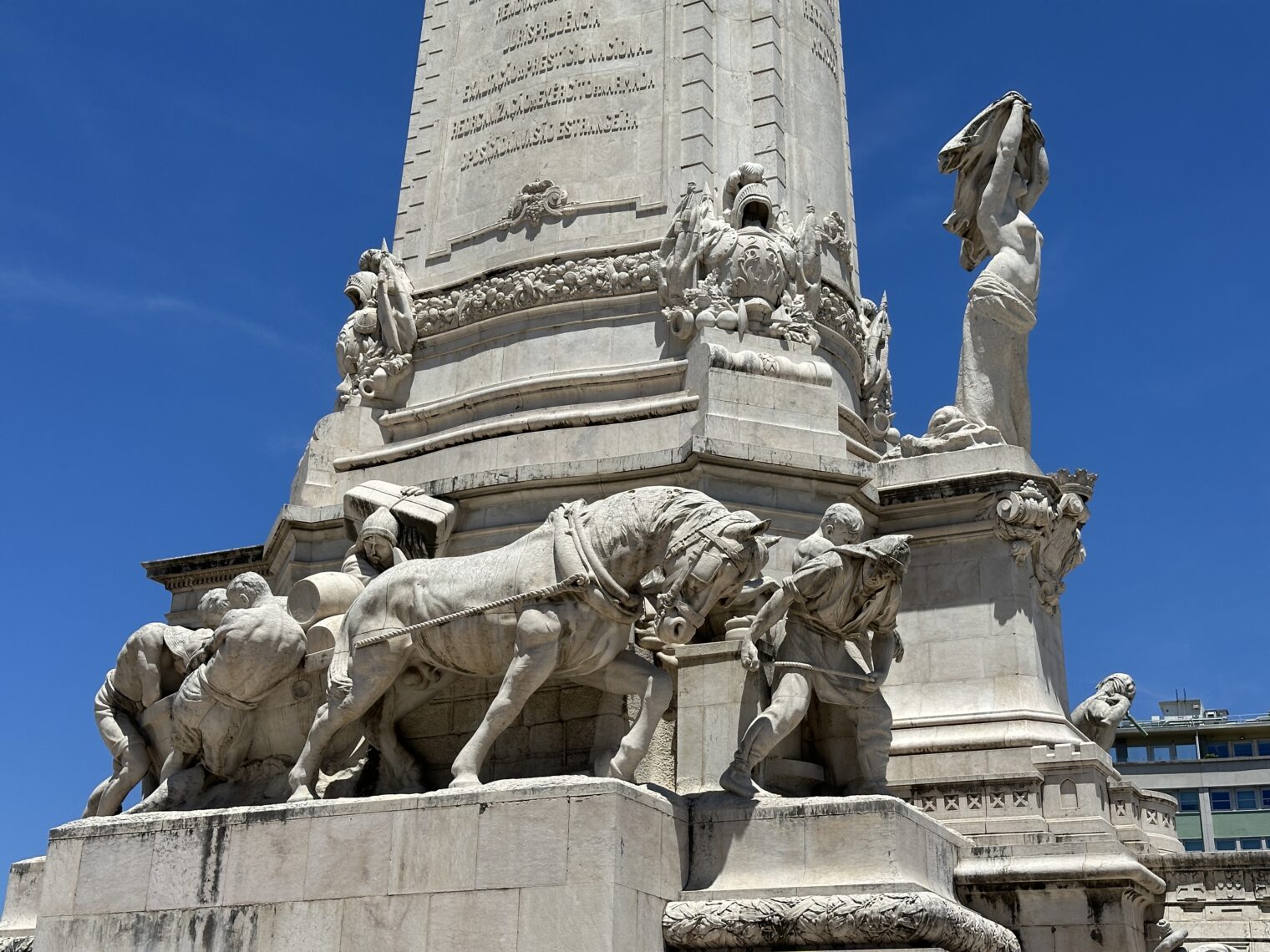
What would the monument depict for an American multi-billionaire? Why not the acts that led to the riches? For a Warren Buffett monument there could a scene where he closes the door on an IRS official hoping to collect some taxes (combination of business acquisition deferrals and insurance reserve). For Larry Ellison there could be a scene where the cover page of the IBM System R SQL manual is ripped off and replaced with an Oracle cover page. For Judith Faulkner it could be a doctor entranced and baffled by a computer screen while a patient languishes and dies. For those whose billions are derived from family court litigation, e.g., MacKenzie Scott (Bezos) or Melinda Gates, there could be a tally of every time that the billionaire engaged in a sex act with the defendant prior to initiating the divorce lawsuit, e.g.,
For private equity heroes, the monument would depict half of the workers being given pink slips while the other half are loaded down with 80 lbs. of debt per worker. Where I’m stuck is in figuring out what to put on the memorial for a Wall Street billionaire. What are the heroic acts that can be depicted for someone whose billions come from high-risk trades that proved lucky or smart daily trades?
New York State will need to collect about $16 billion per year in fees from billionaires in order to plug its structural budget deficit (source regarding the gap between what politicians promise and what they hope to collect). There are plenty of spots in Central Park in which a deceased billionaire could be glorified. California has more like a $50 billion gap between what politicians want to spend and what can be extracted from the peasants (source). How about a series of memorial parks along Sand Hill Road and another one down near LACMA?
Full post, including comments